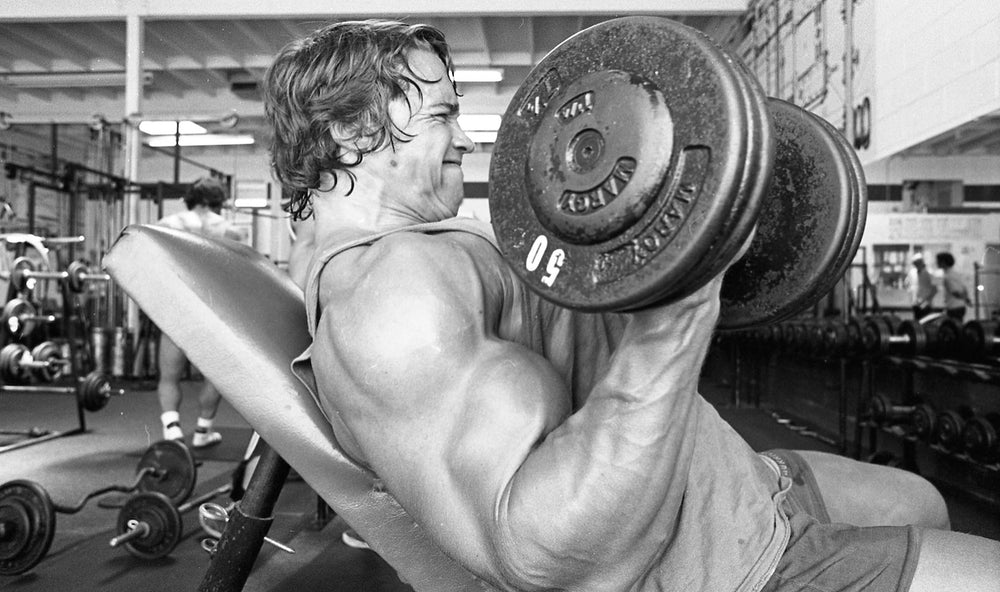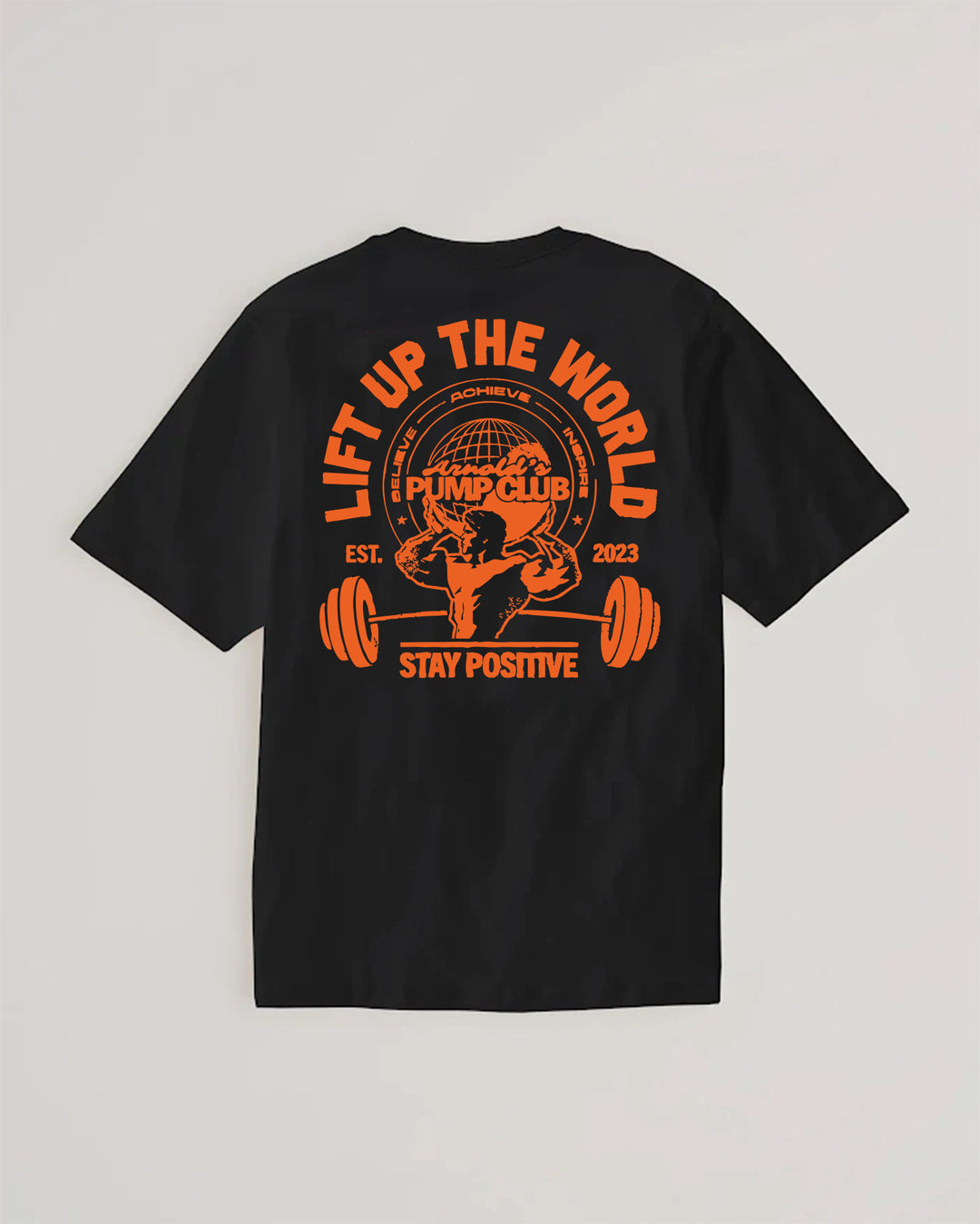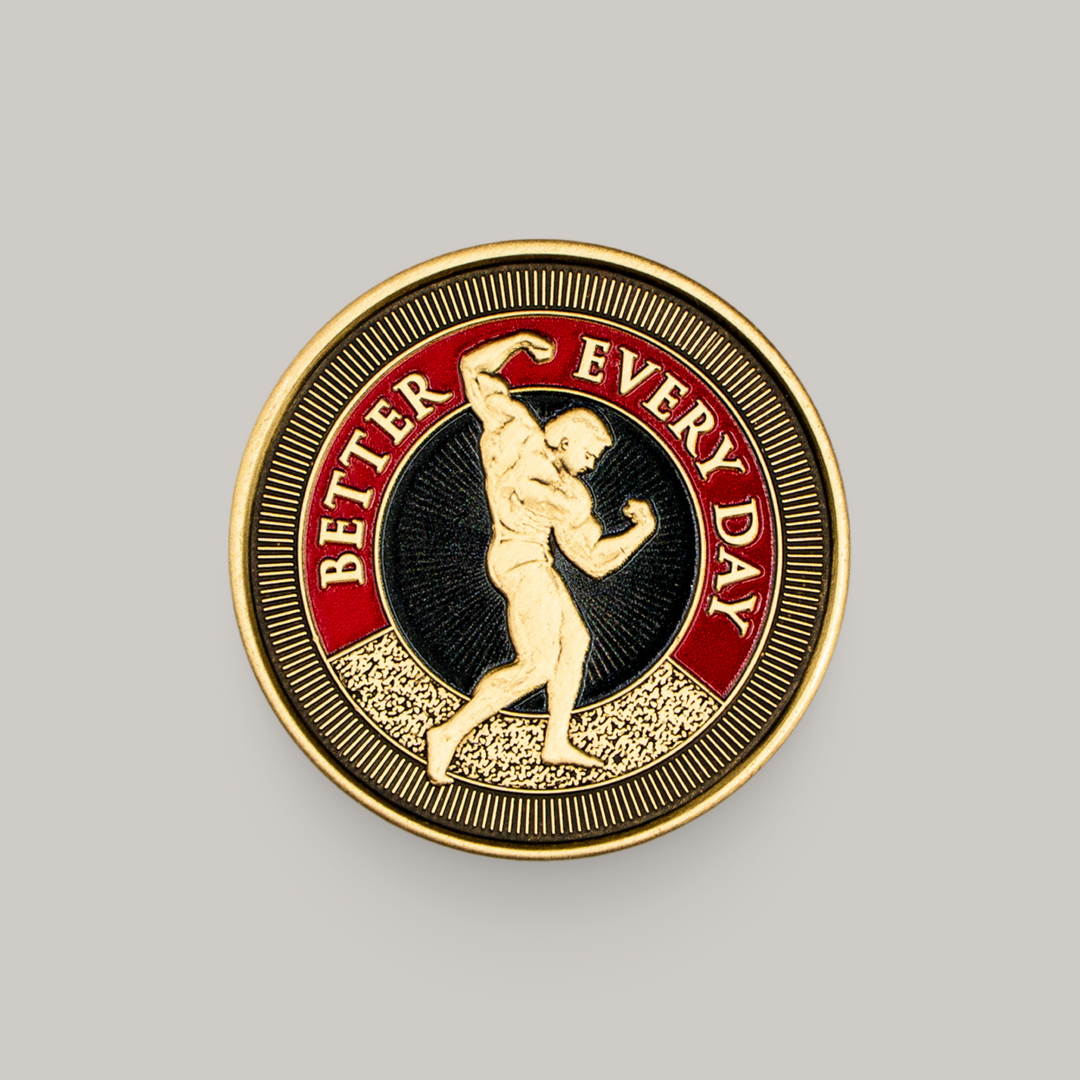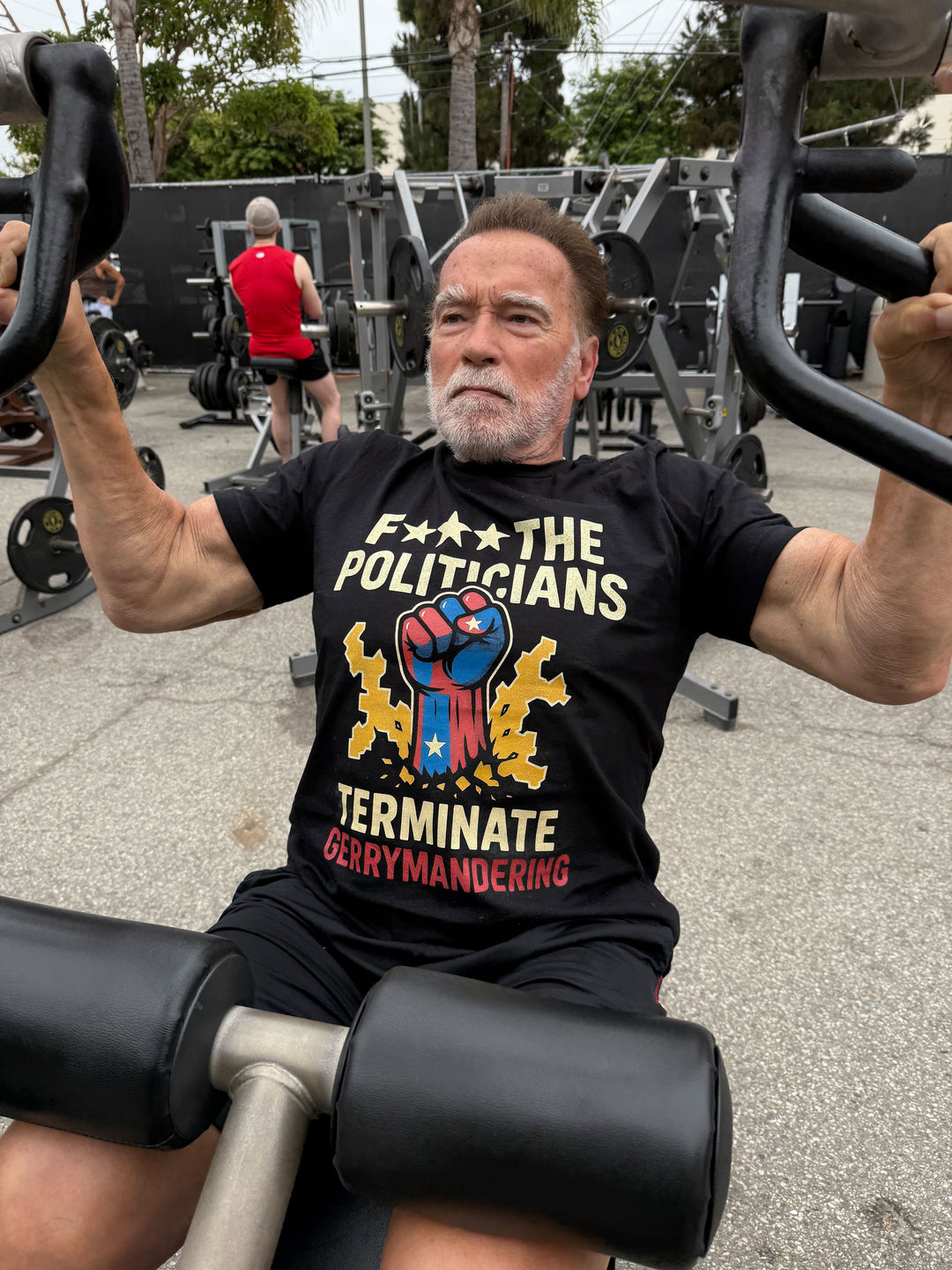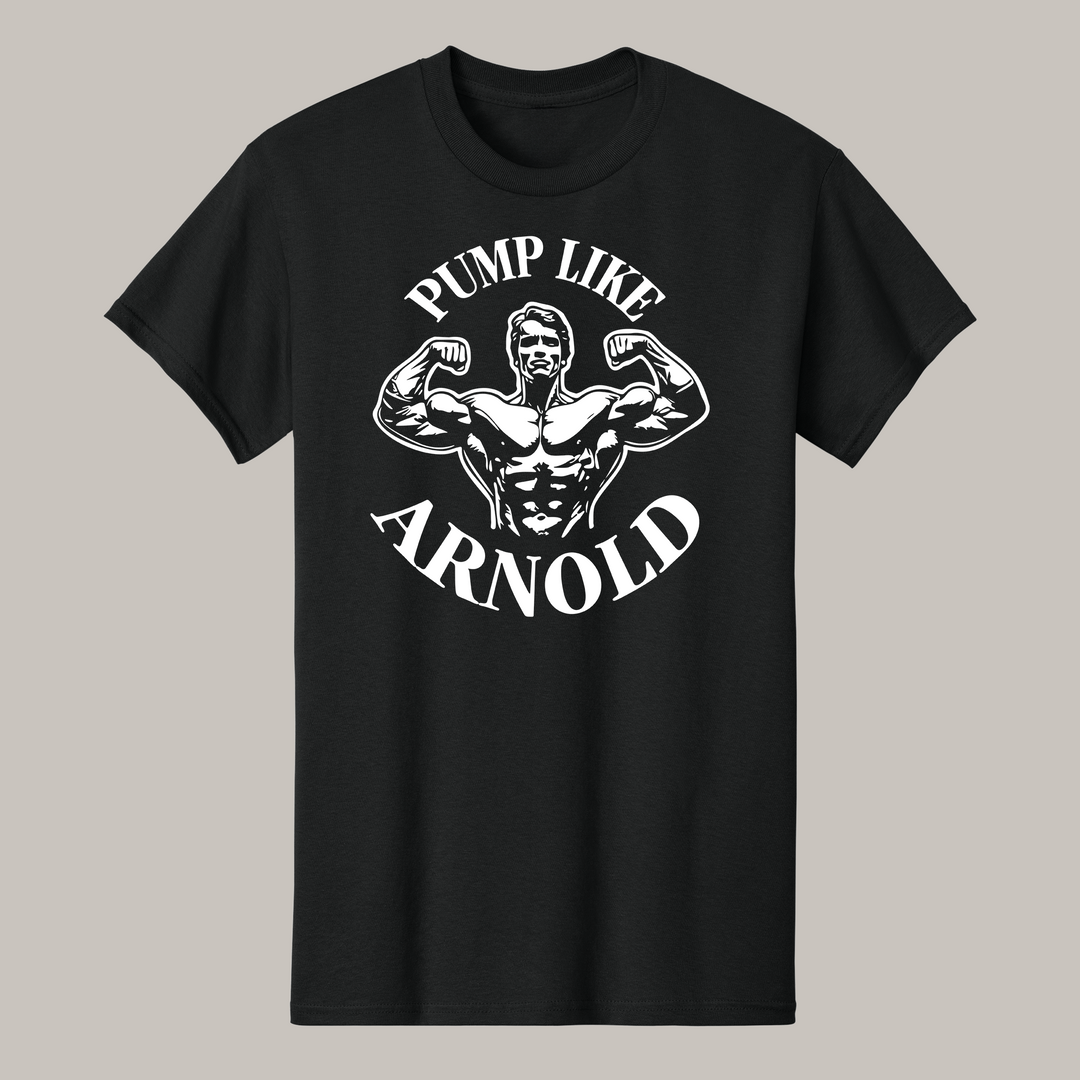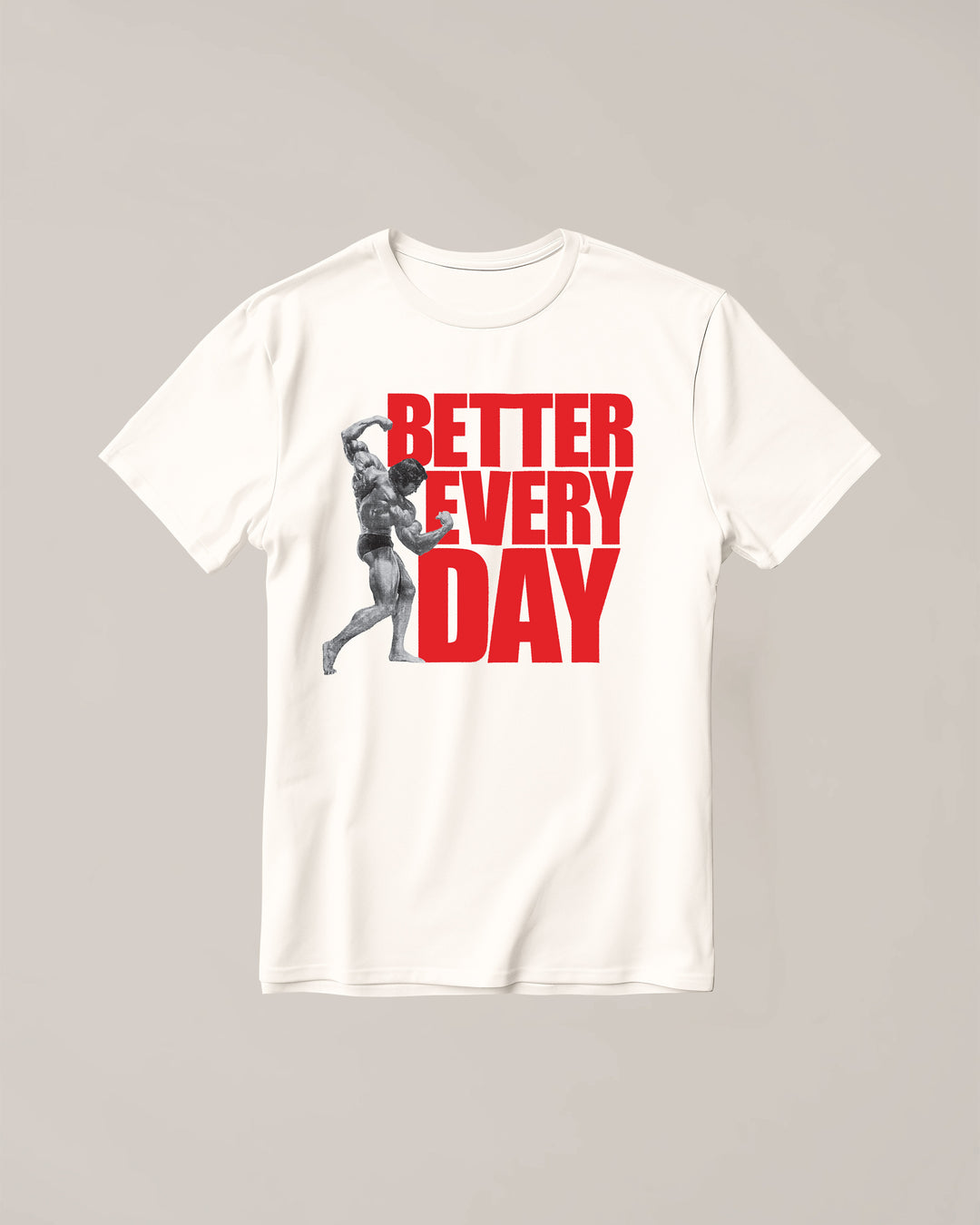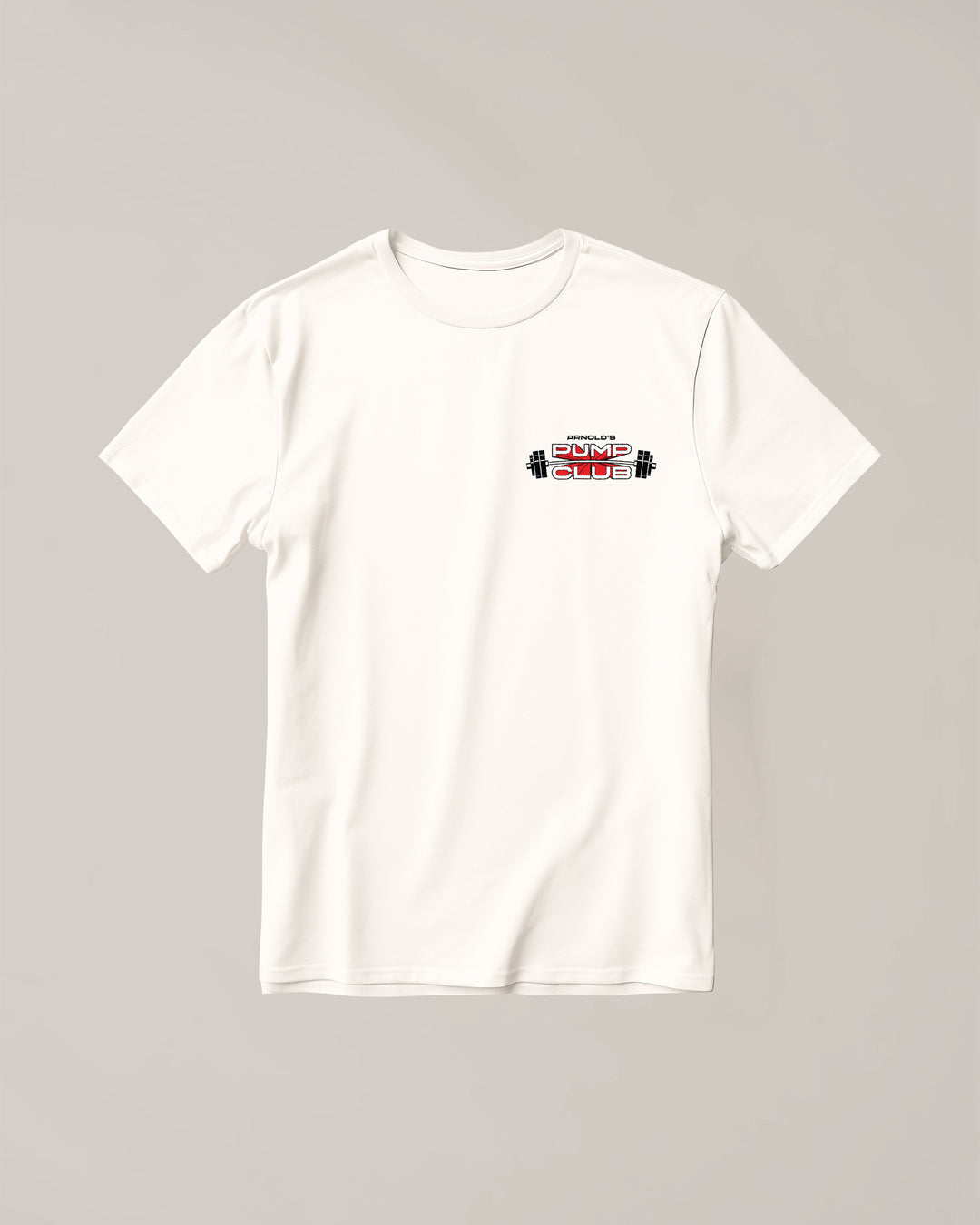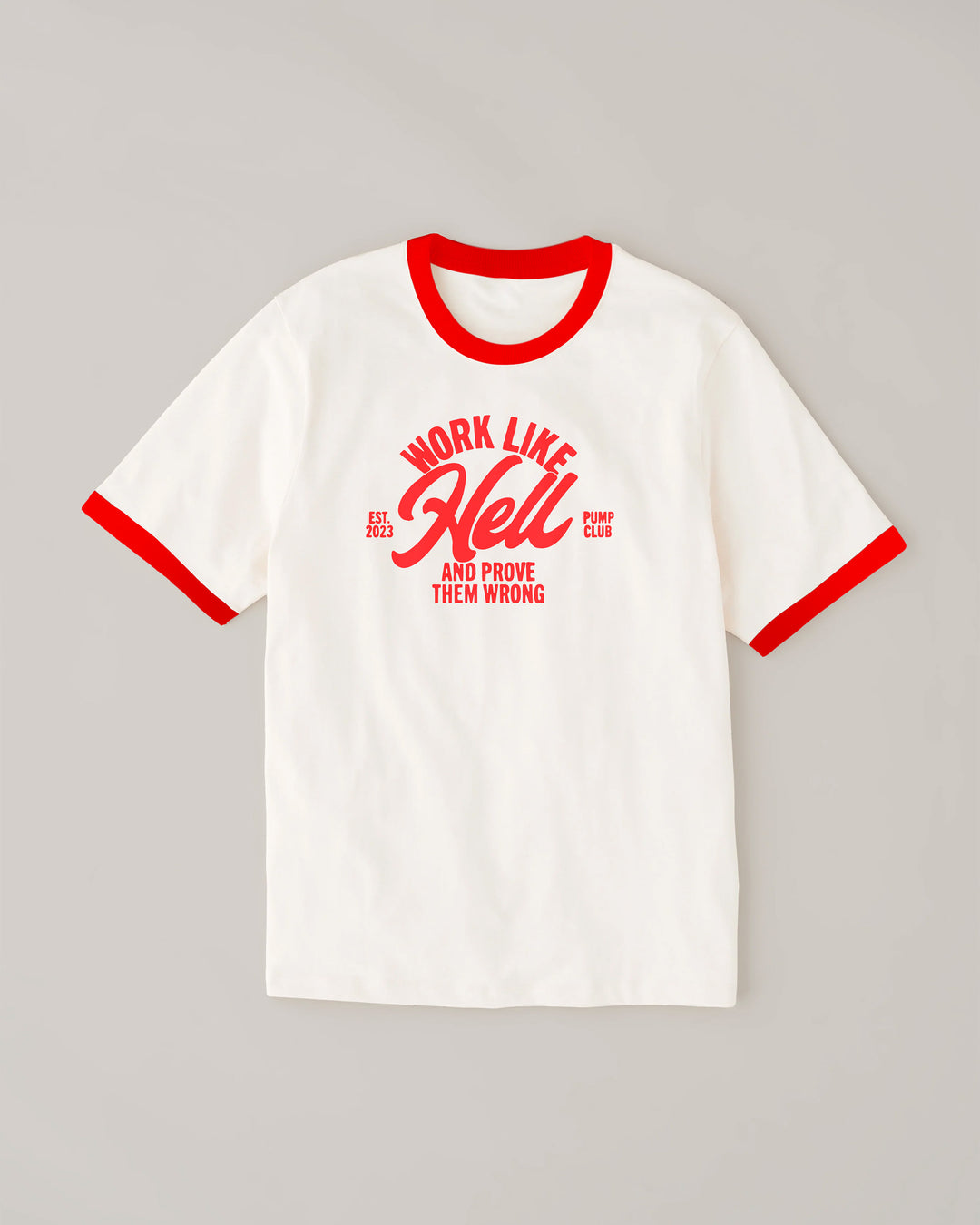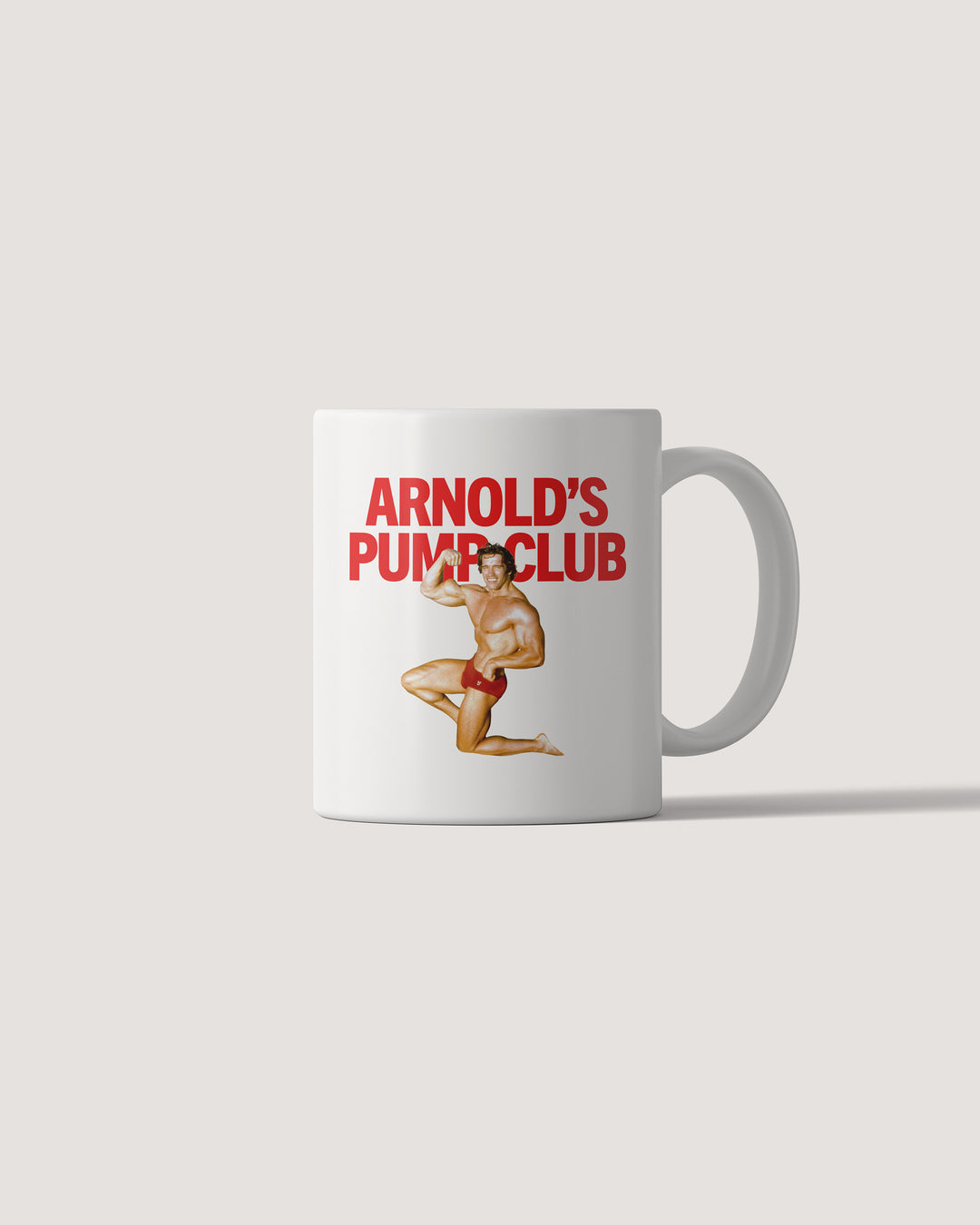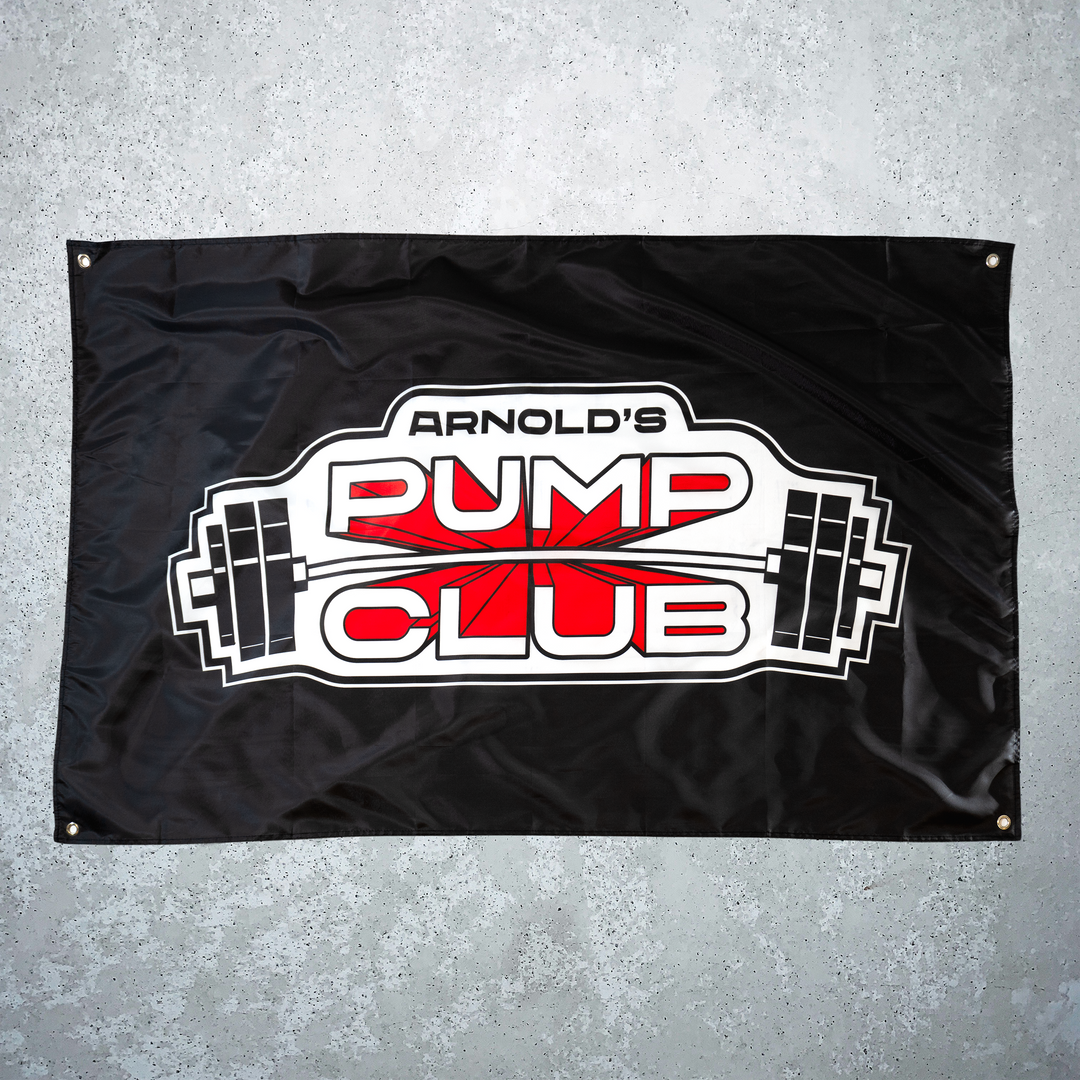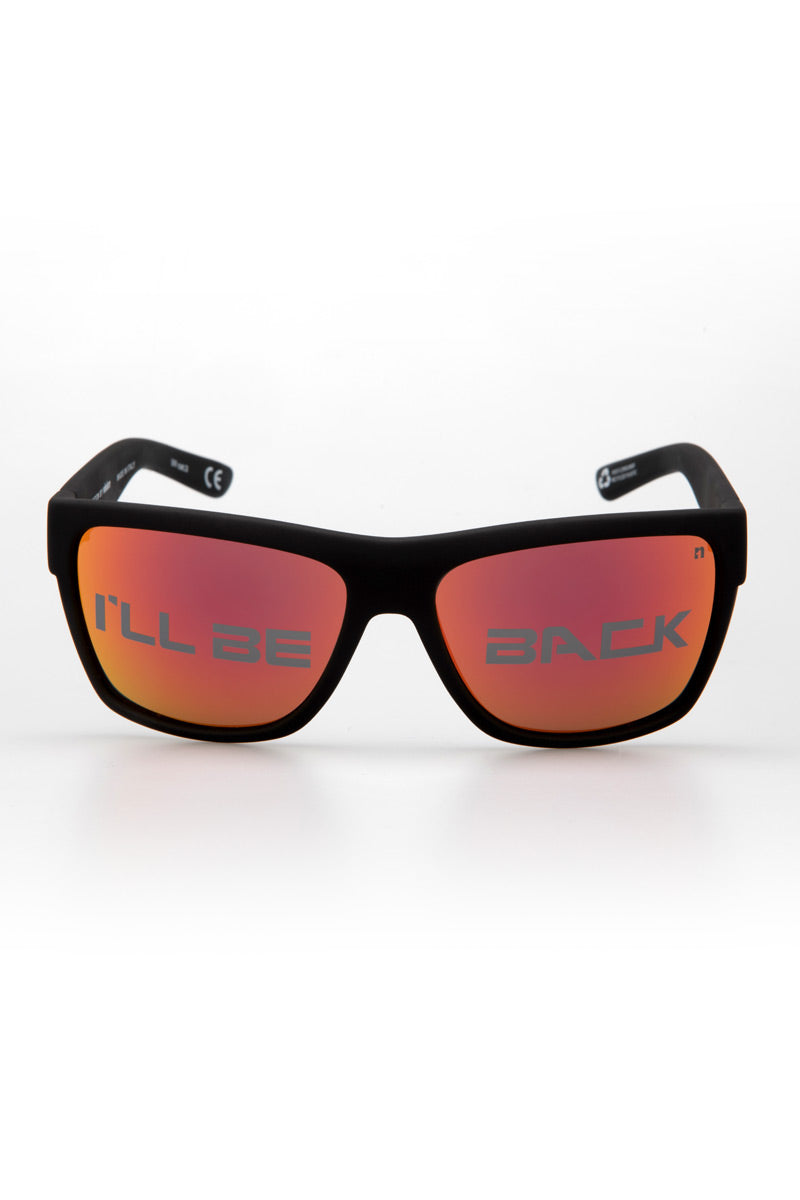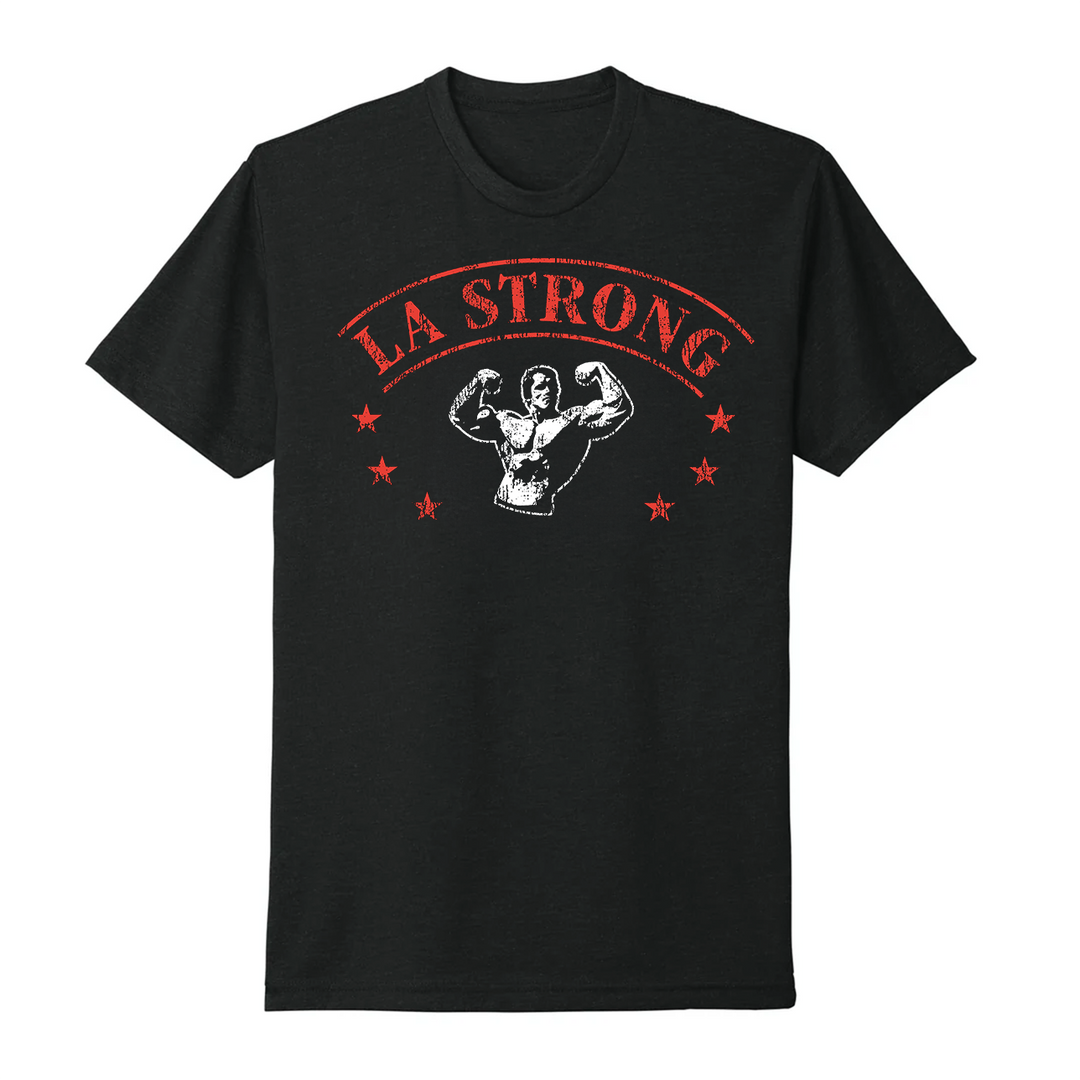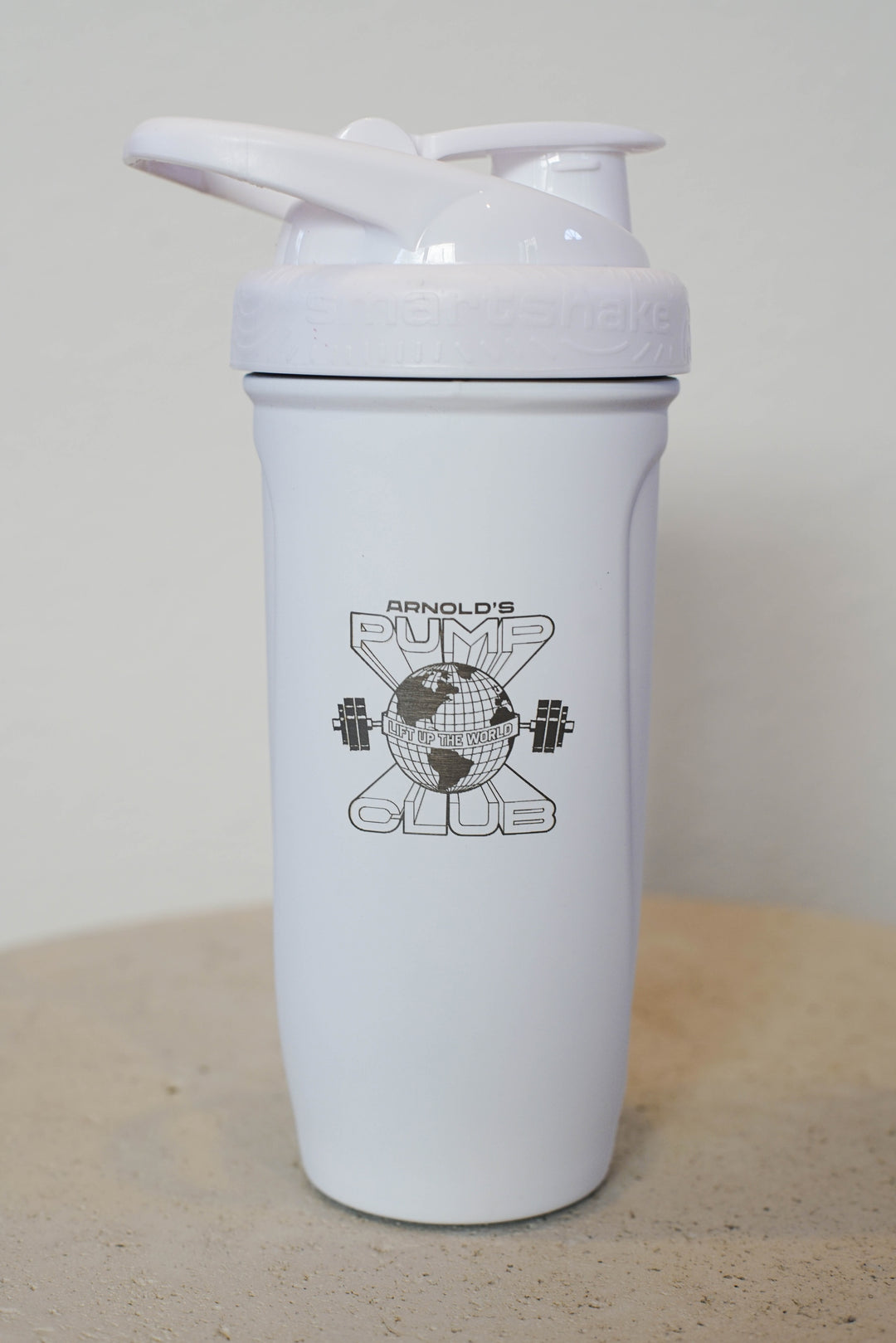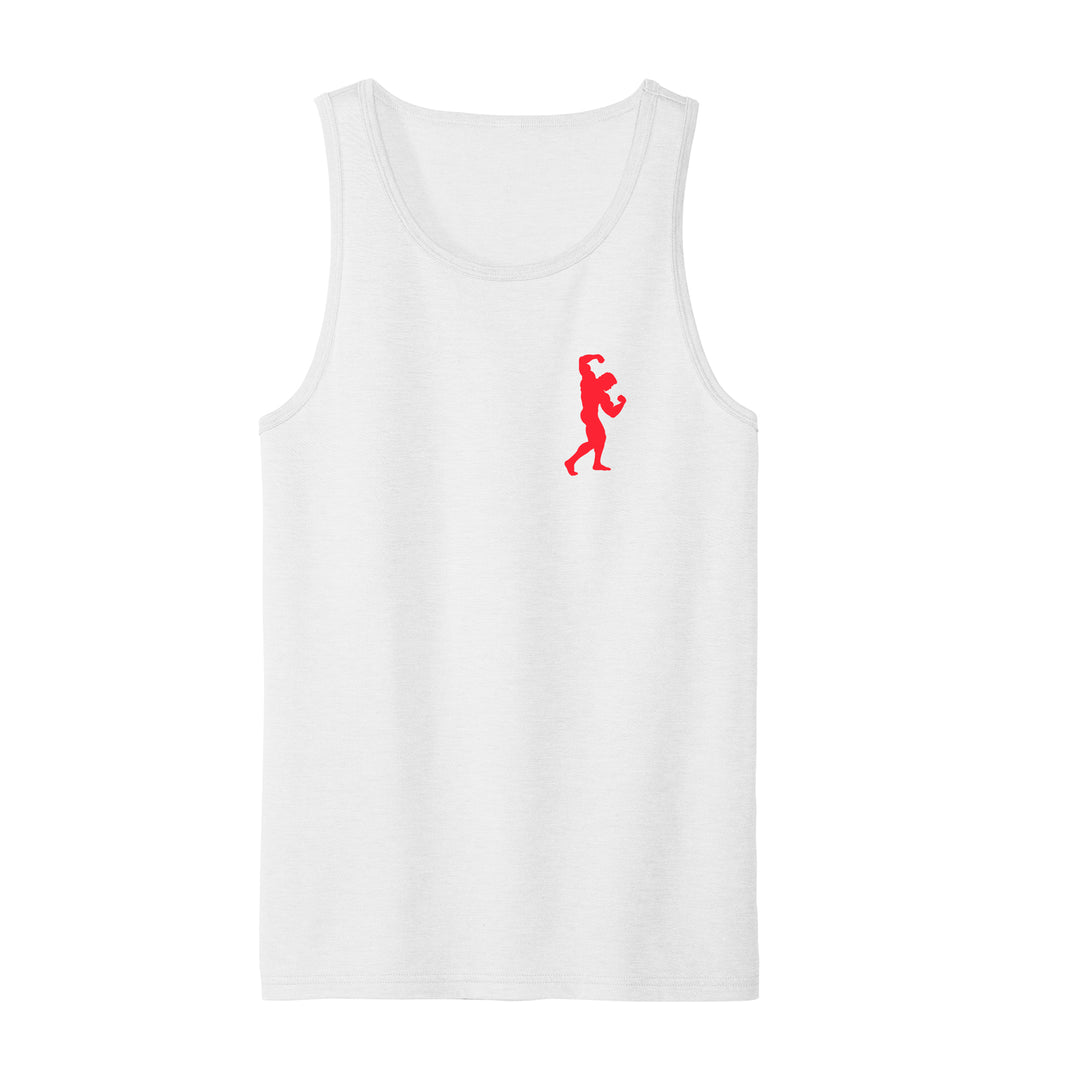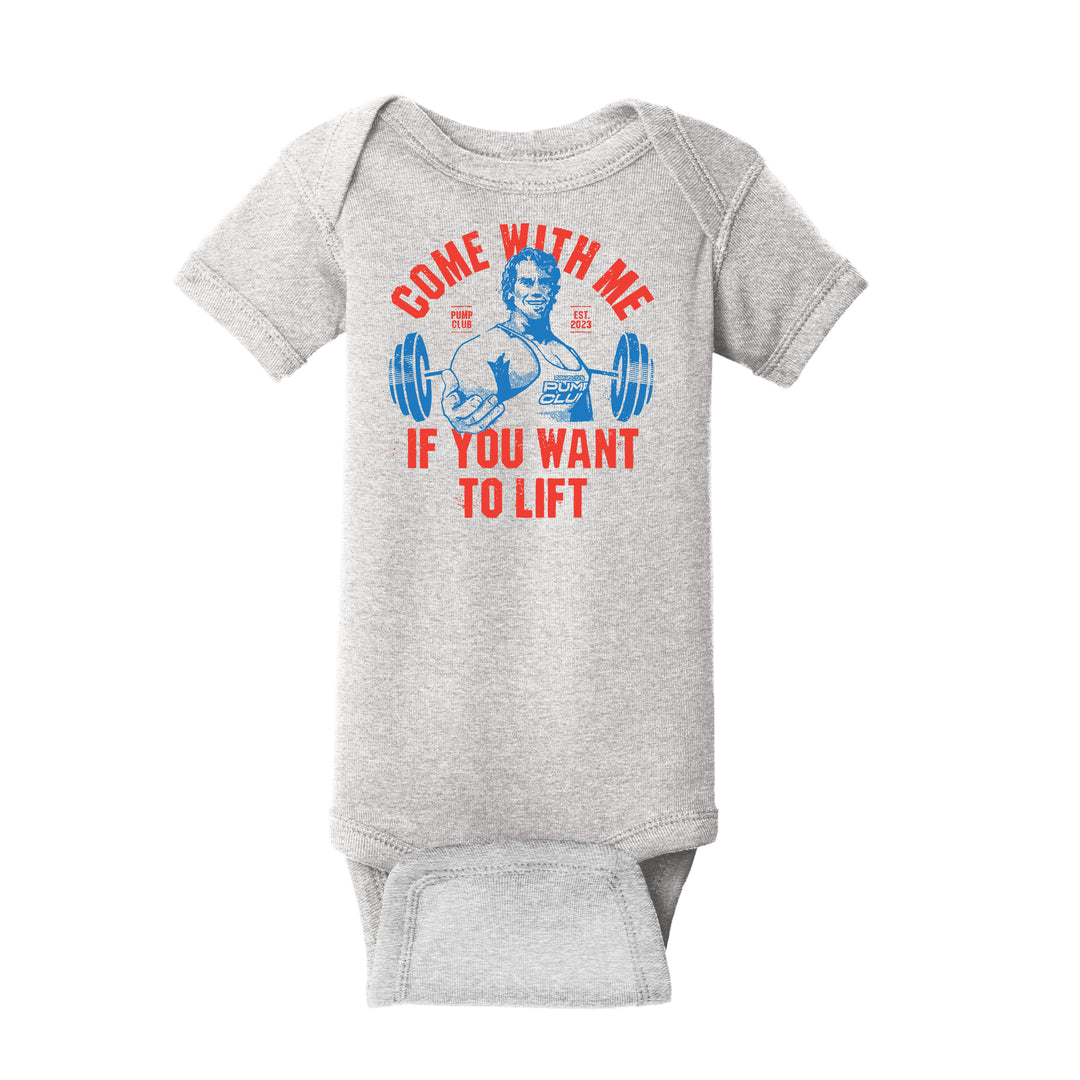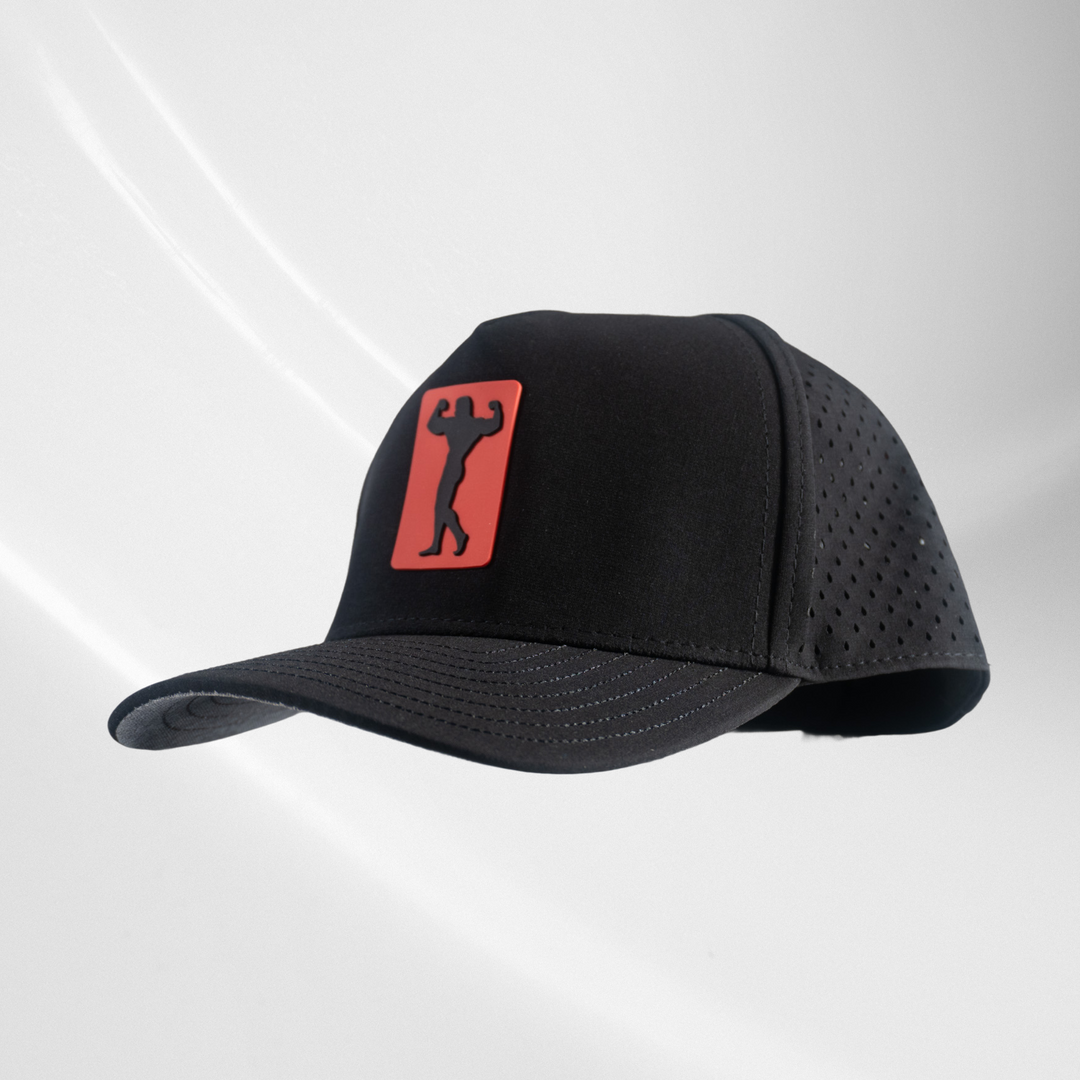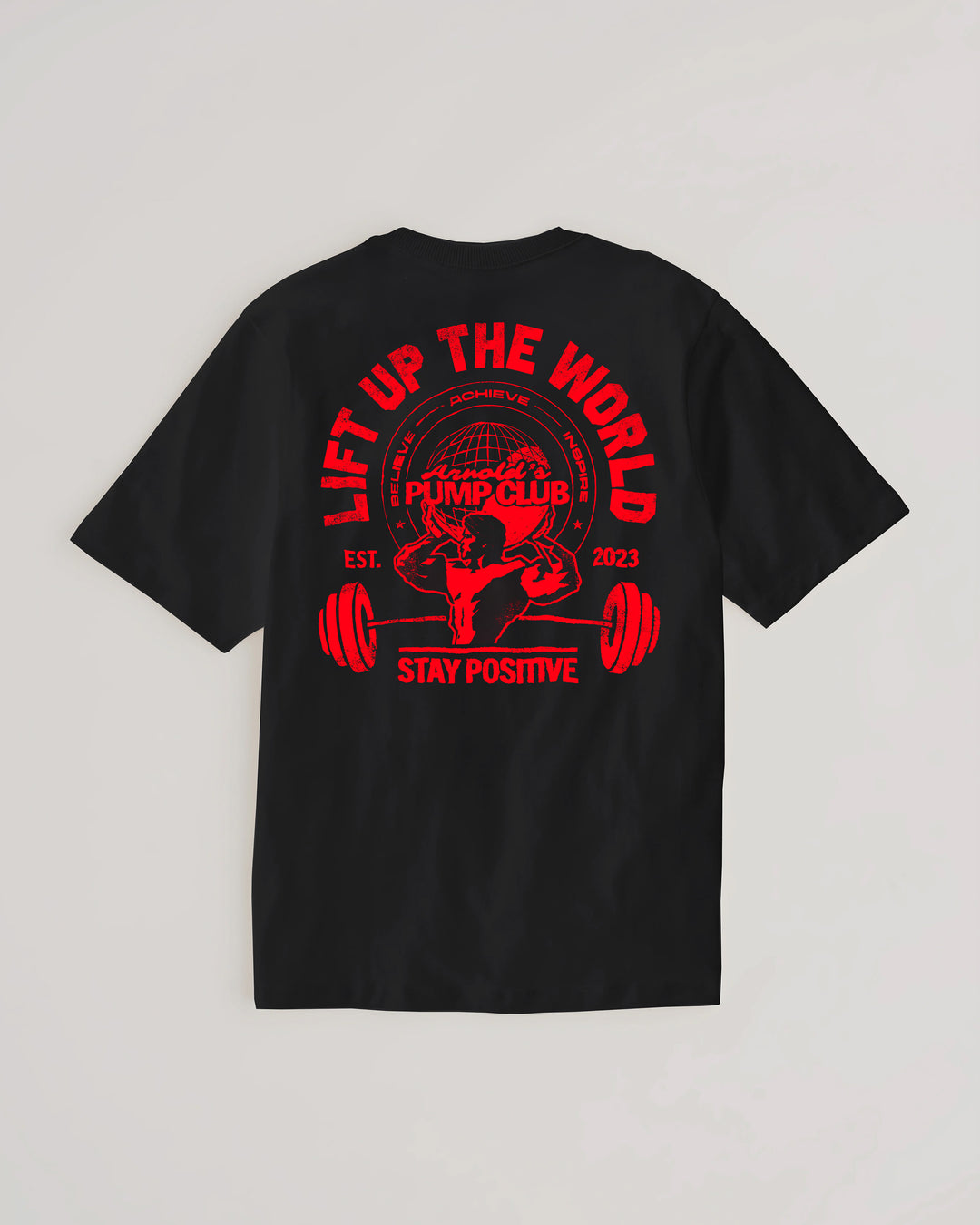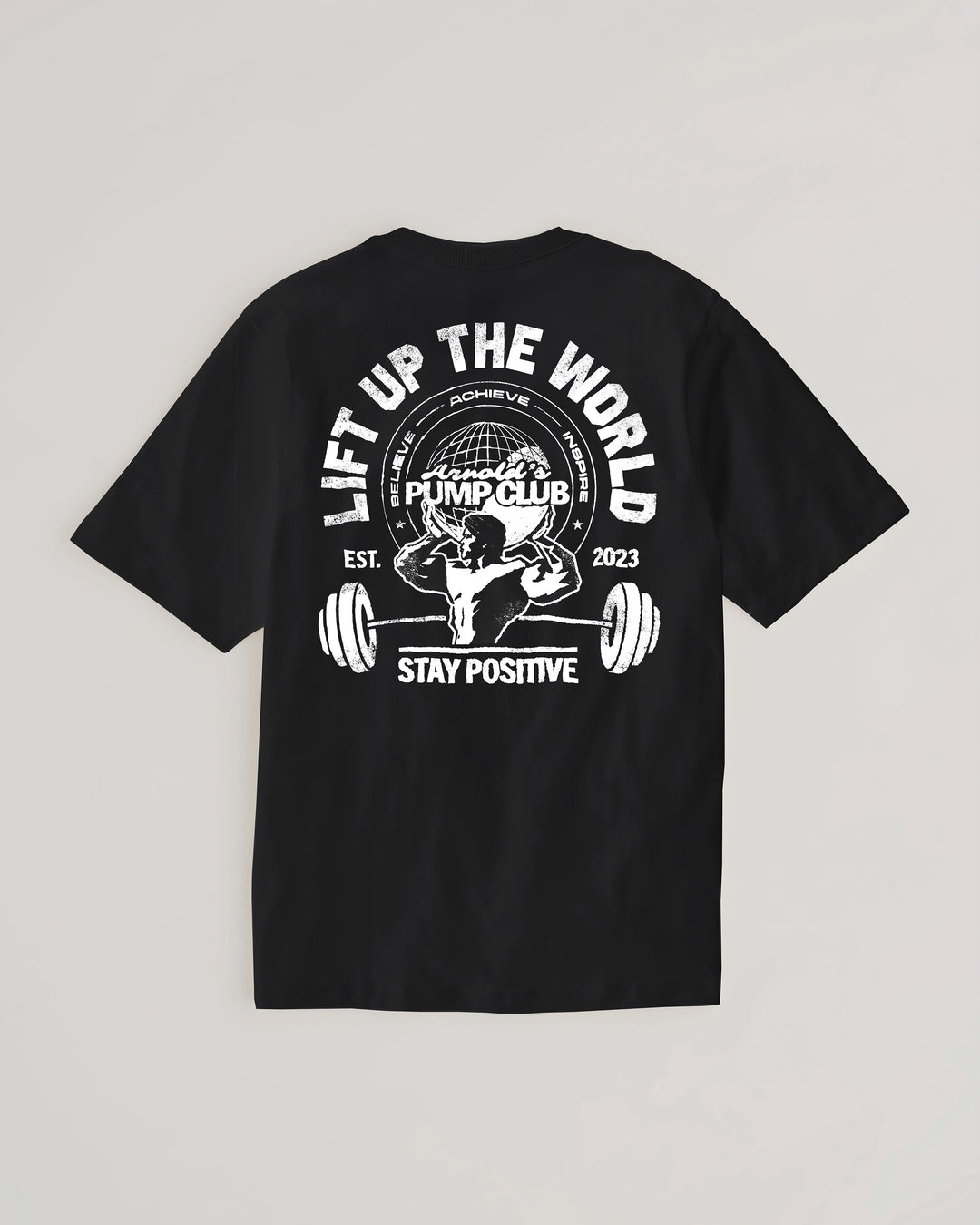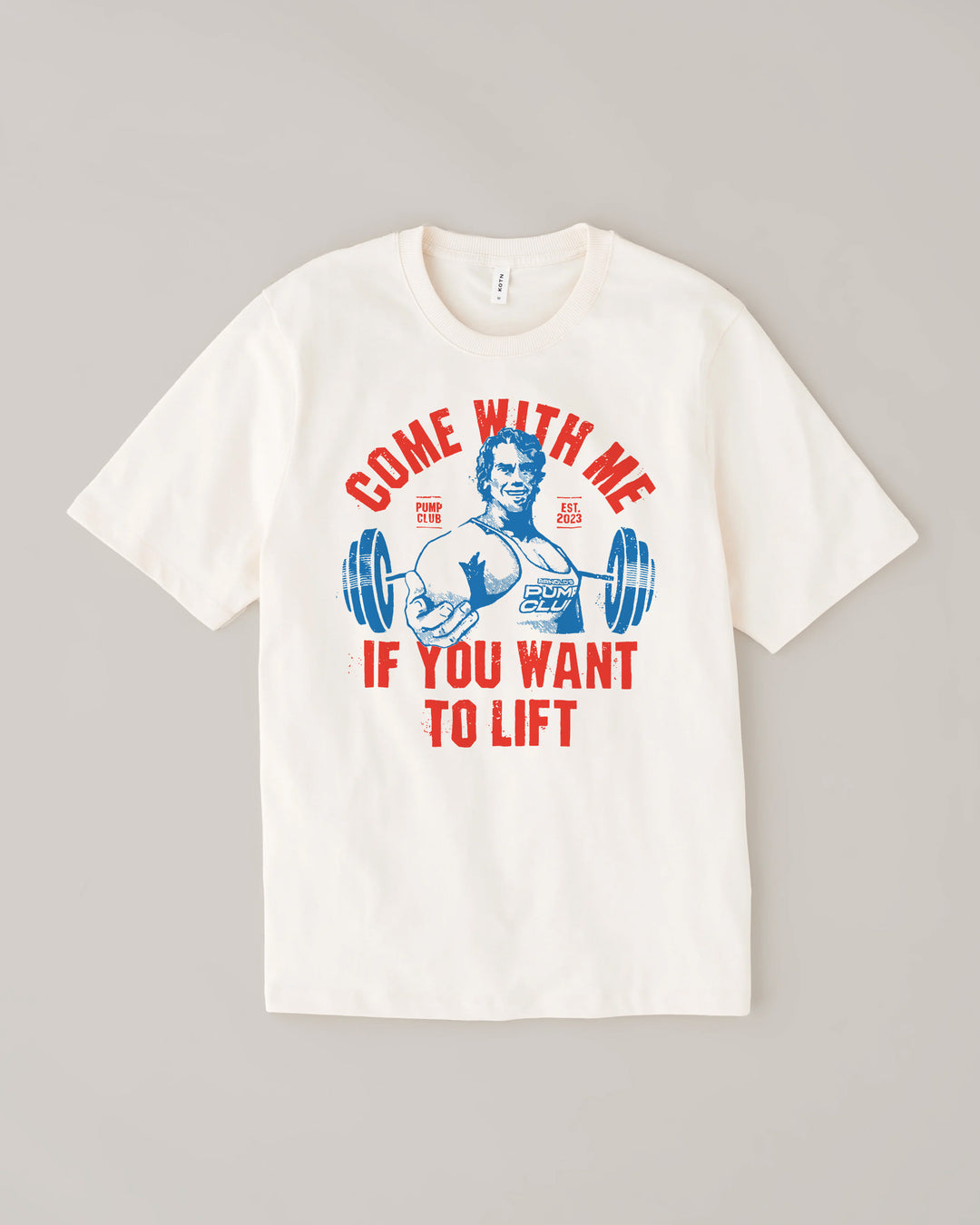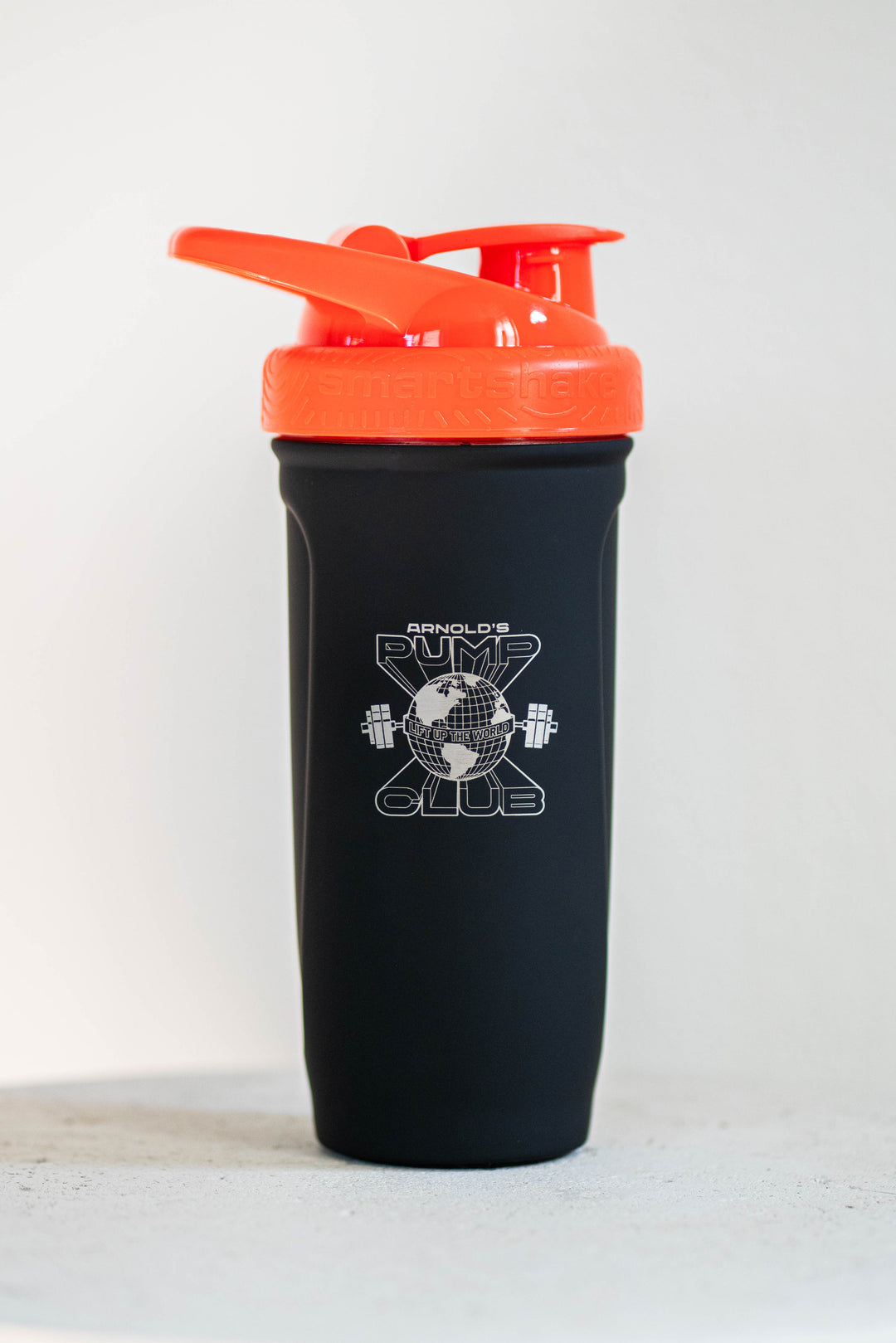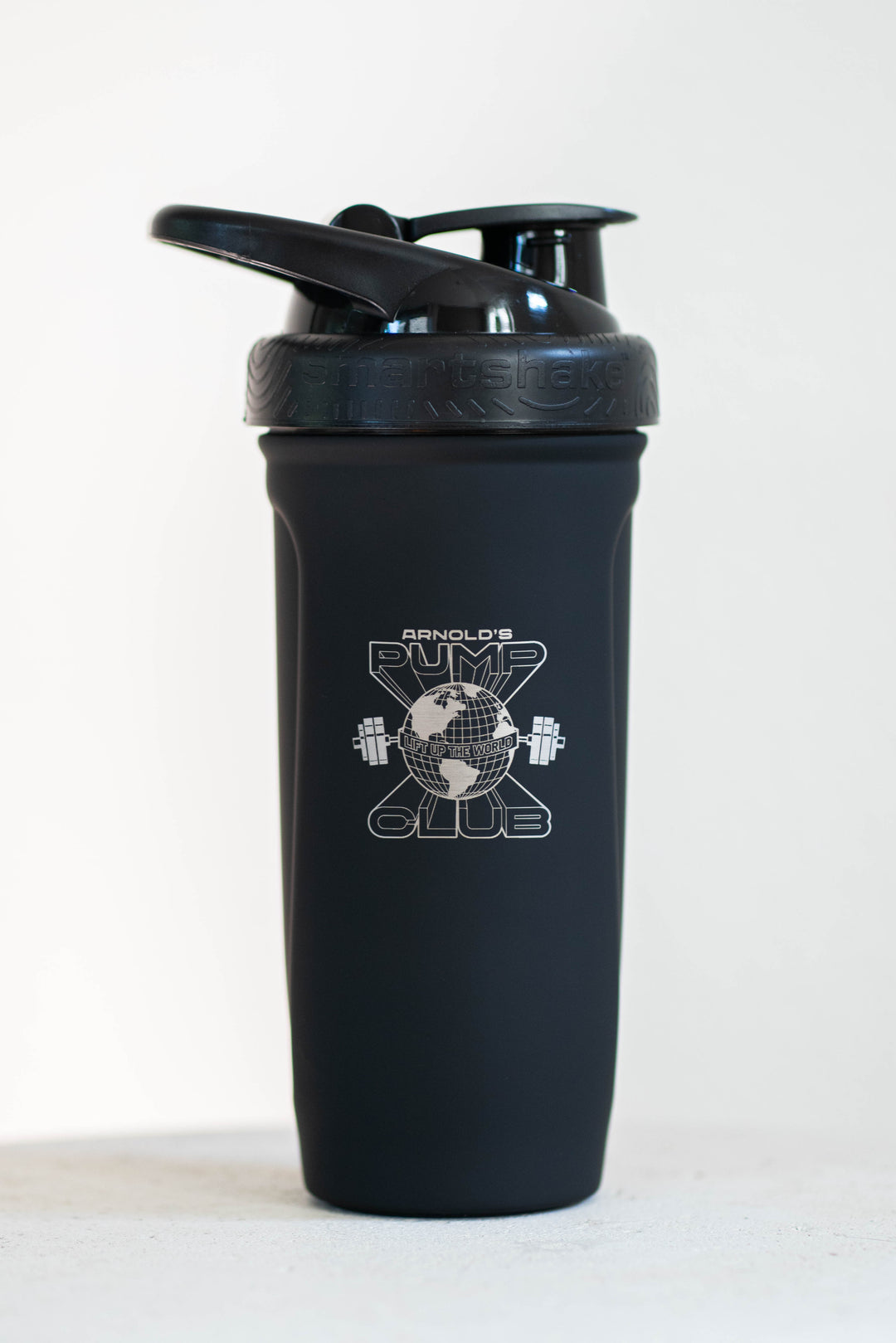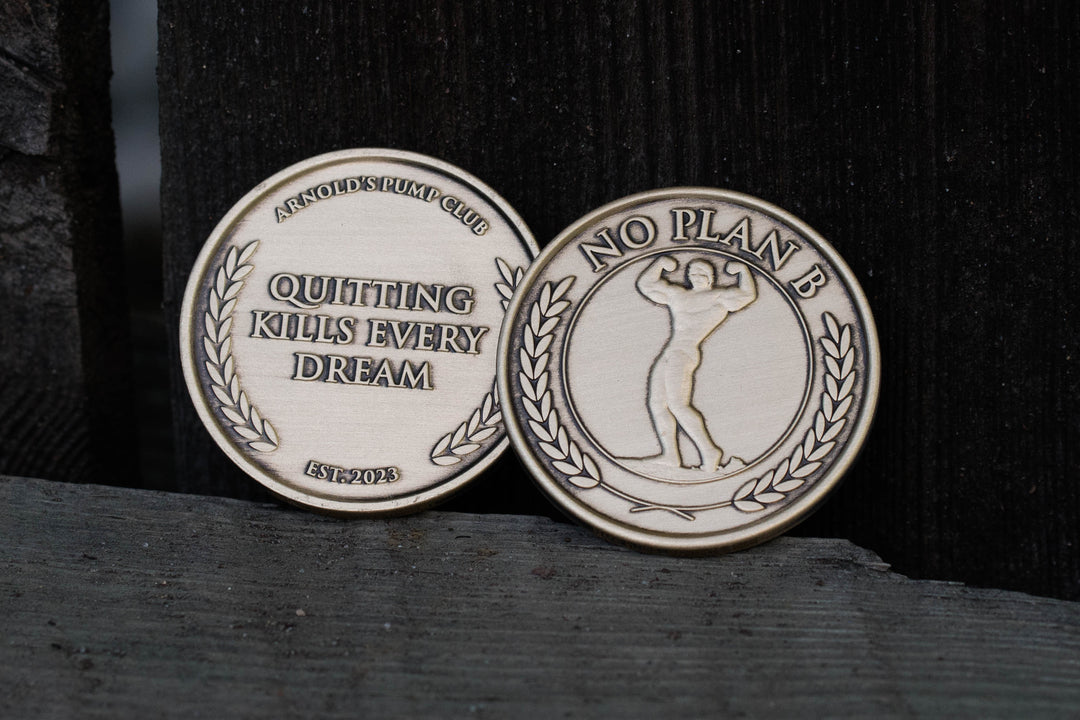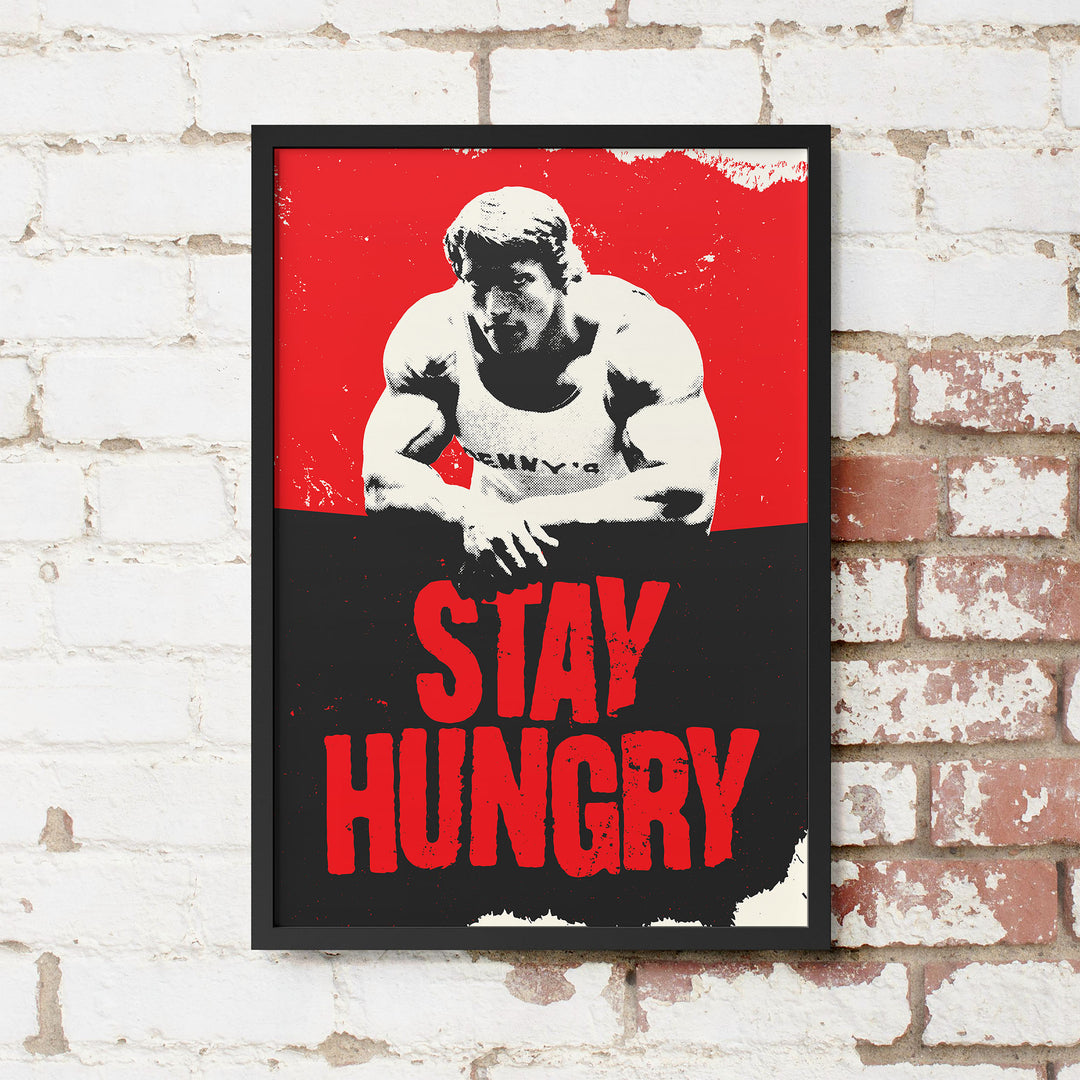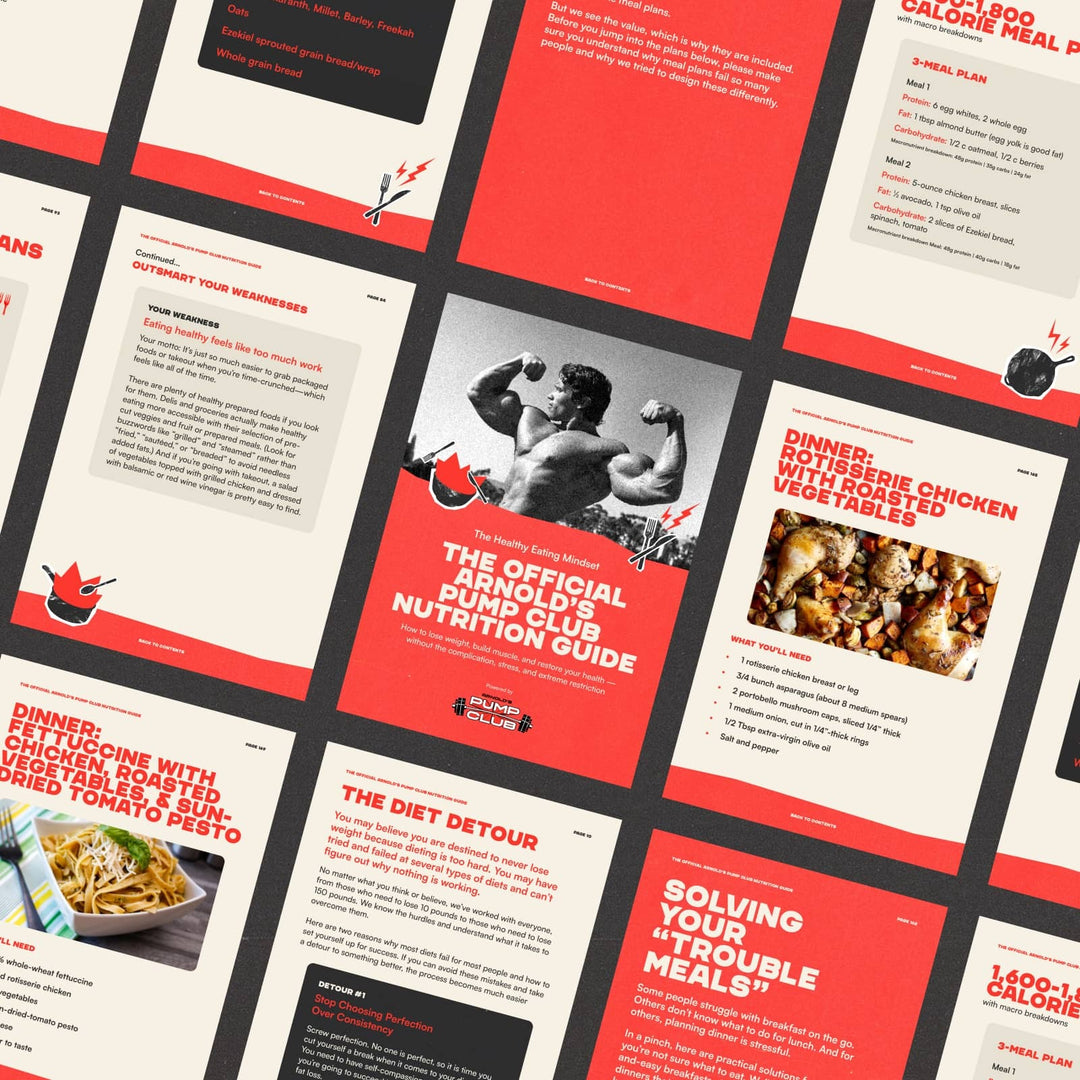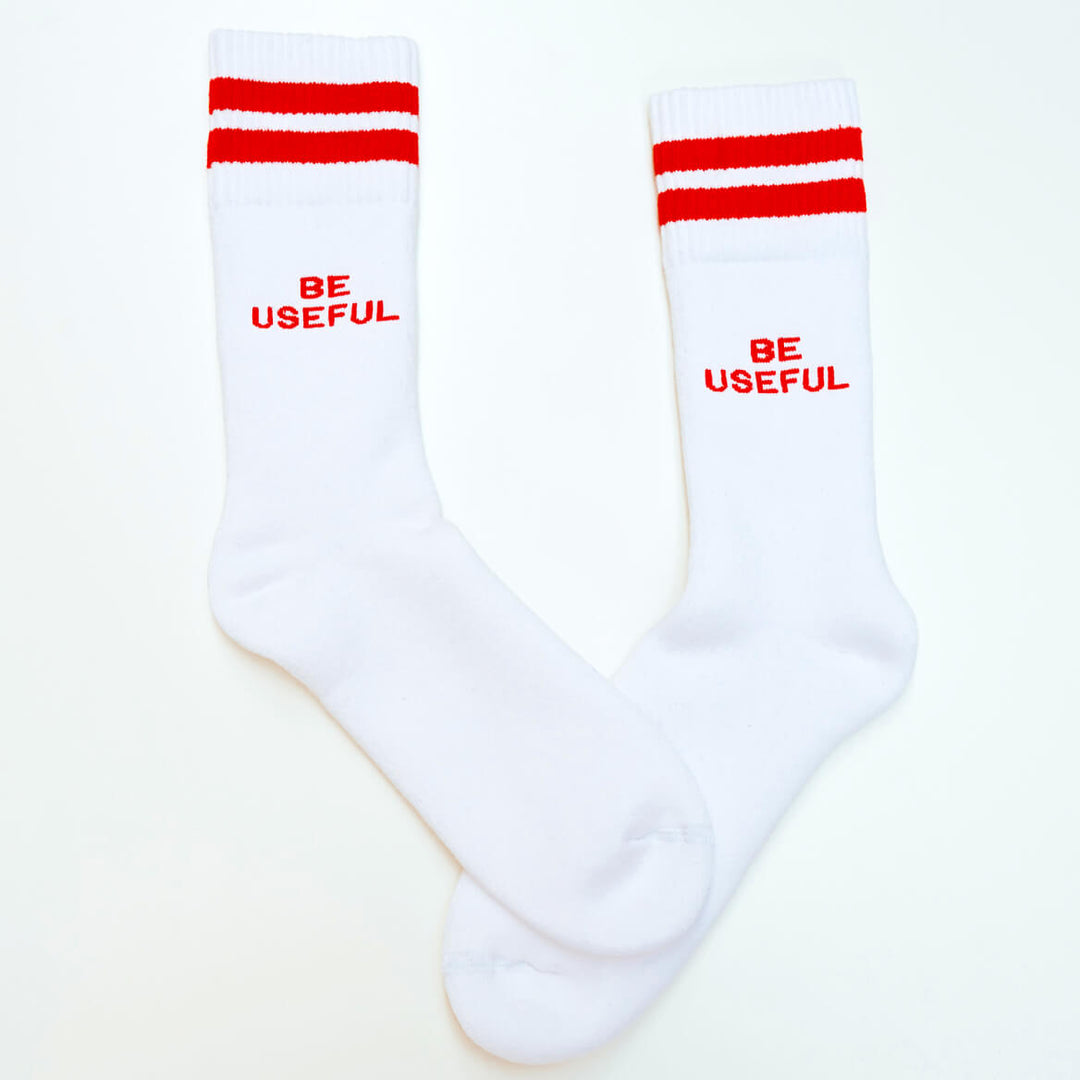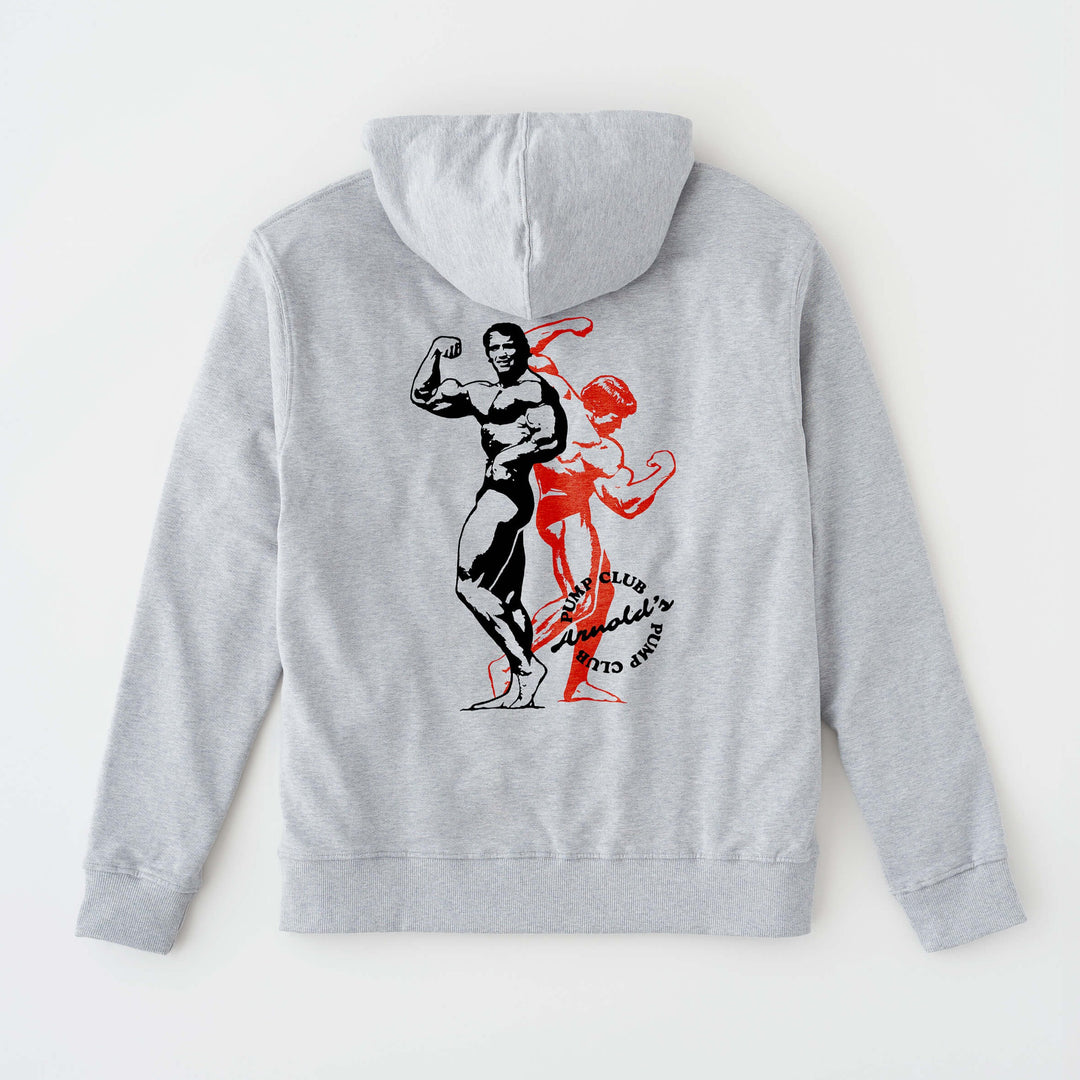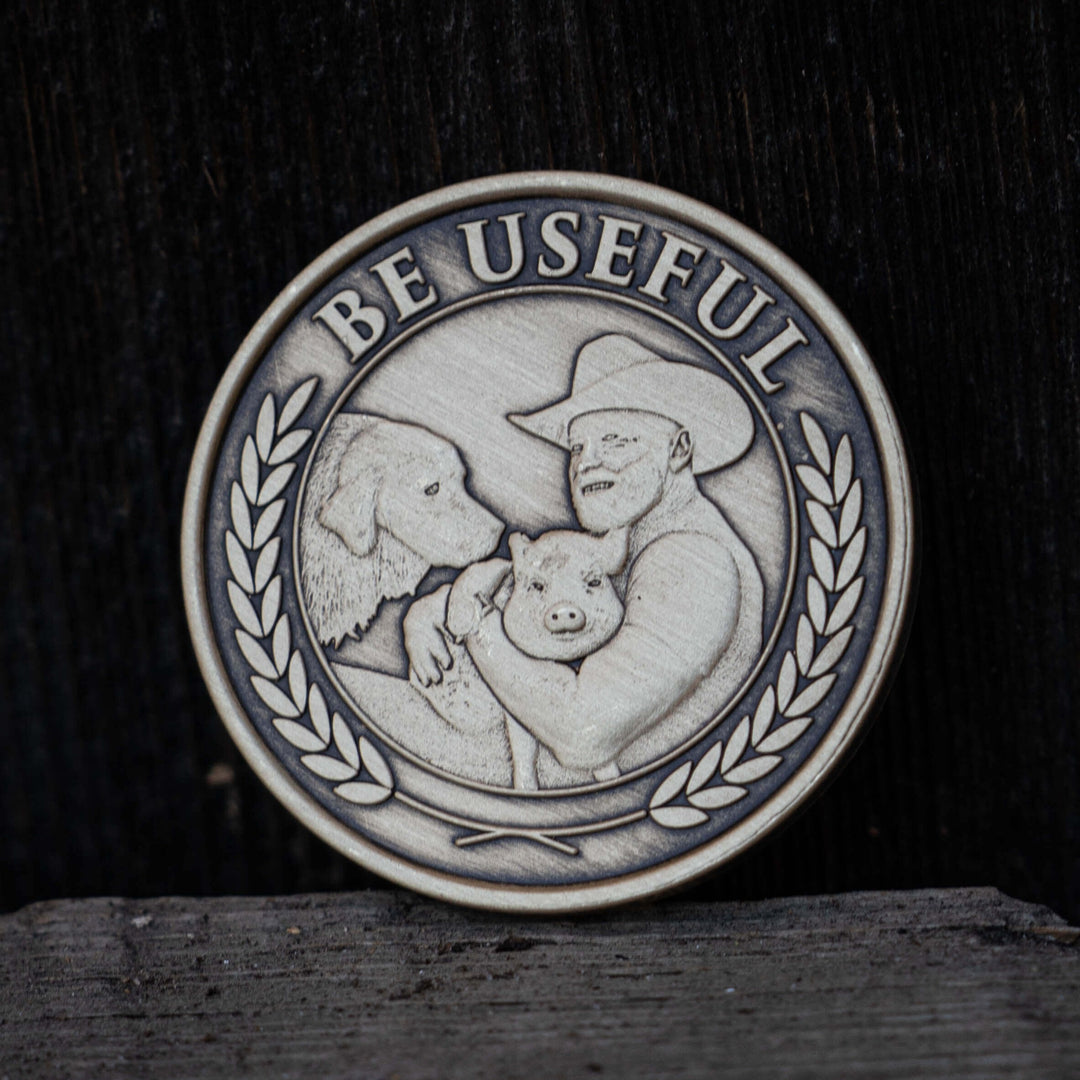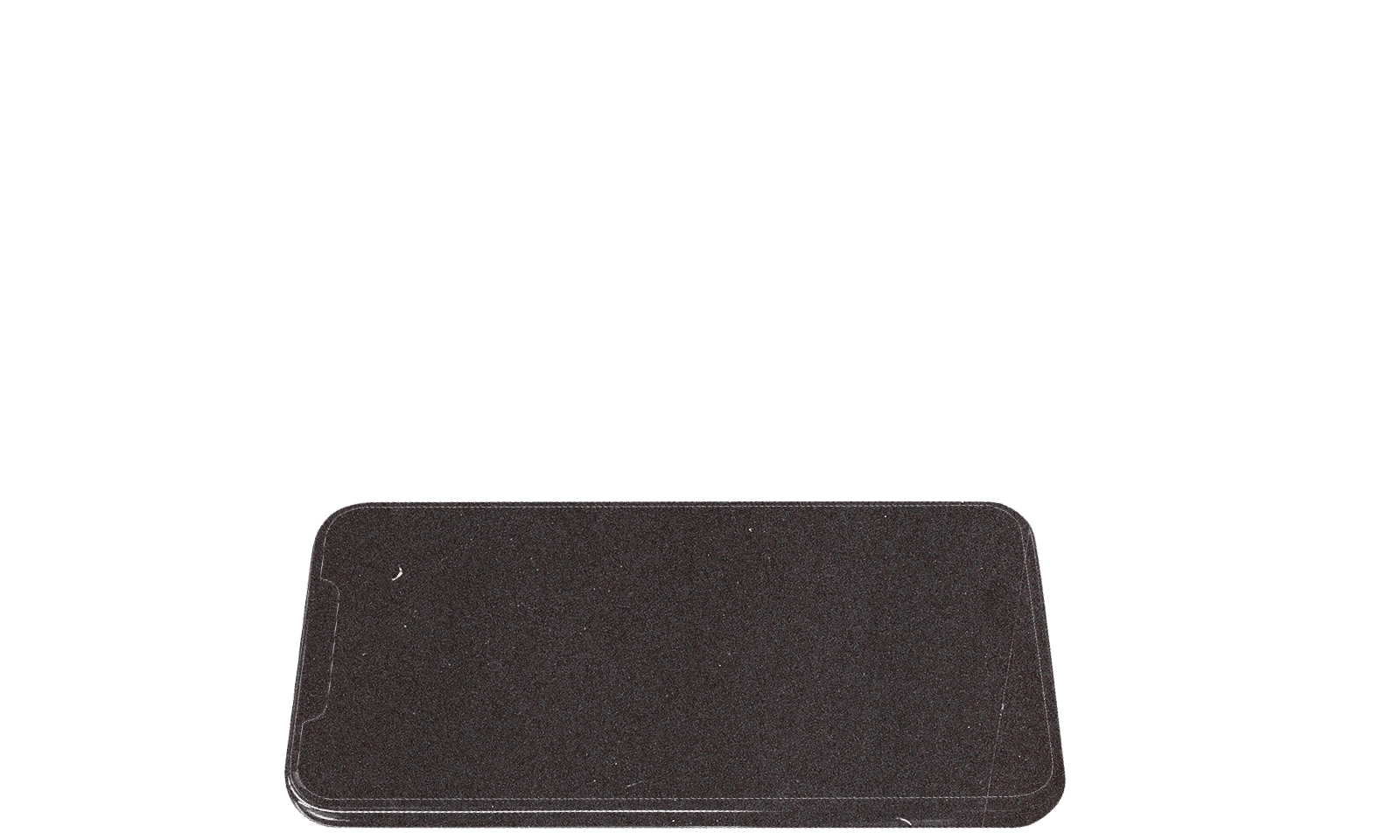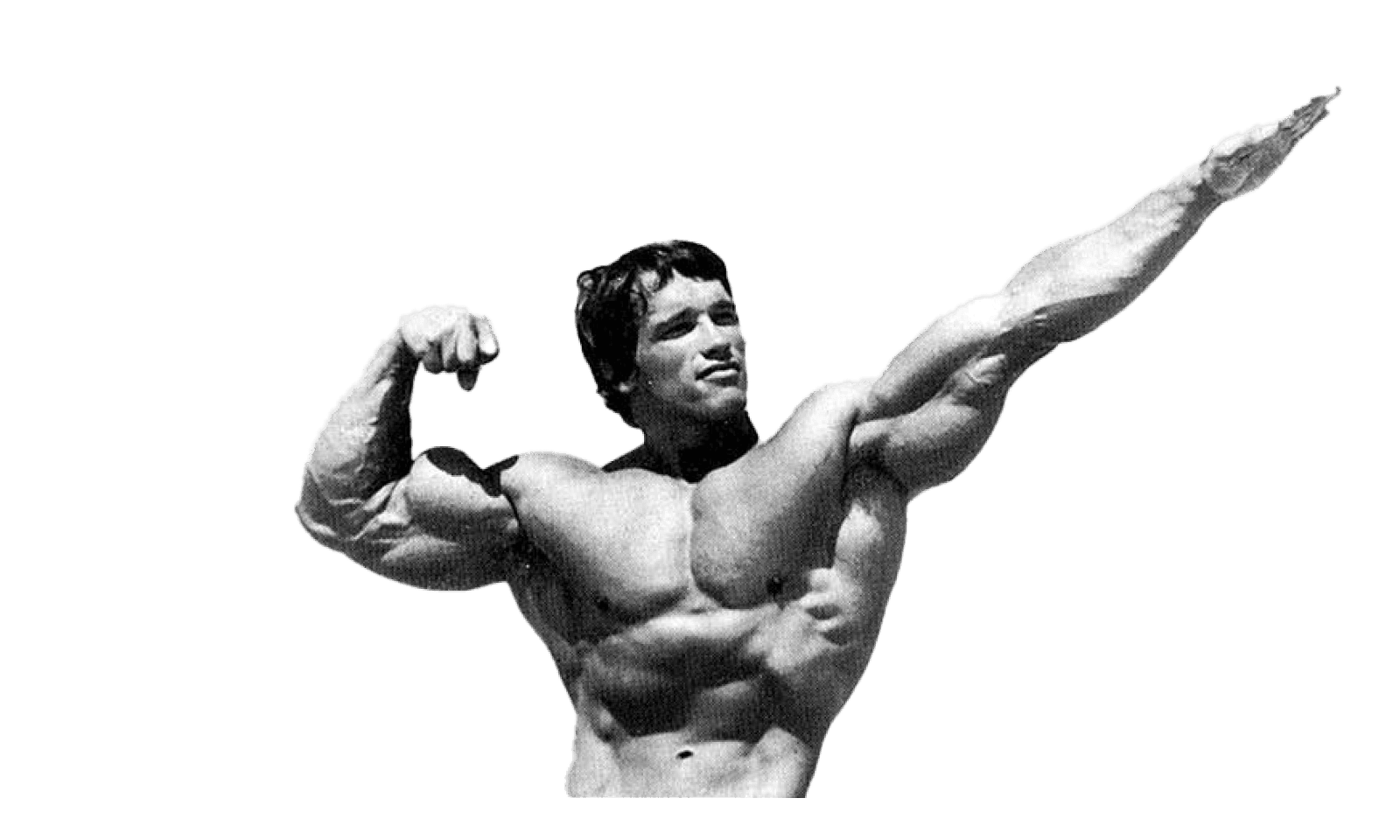Welcome to the positive corner of the internet. Every weekday, we help you make sense of the complex world of wellness by analyzing the headlines, simplifying the latest research, and providing quick tips designed to help you stay healthier in under 5 minutes. If you were forwarded this message, you can get the free daily email here.
Today’s Health Upgrade
Fact or fiction: does cardio improve weight training?
The truth about creatine and water weight
Struggle with exercise? Stop making this mistake
Better every day
A Little Wiser (In Less Than 10 Minutes)
Arnold’s Pump Club Podcast is a daily dose of wisdom and positivity. You can subscribe on Apple, Spotify, or wherever you listen to podcasts.
Fact Or Fiction
Does Cardio Fitness Help You Recover During Resistance Training?
Many lifters believe that better cardio means faster recovery between sets. After all, if your heart and lungs can move oxygen efficiently, shouldn’t that help you bounce back faster between squats?
Recent research suggests that your aerobic fitness may not significantly impact how quickly you recover between hard sets of resistance training.
Researchers tested resistance-trained men and women performing squats and leg extensions. They measured each person’s maximal oxygen uptake (VO₂ max) and tracked how much their performance dropped within and between sets. Despite the common belief, those with higher VO₂ max didn’t recover faster, and tests showed no meaningful relationship between aerobic capacity and recovery performance.
In other words, having better cardio fitness won’t let you shorten your rest periods or squeeze out extra reps on your next set. The scientists believe it’s because recovery between sets mostly depends on your muscles replenishing phosphocreatine — a short-term energy source — not on how strong your heart and lungs are. (Increasing phosphocreatine is one of the many benefits of creatine.)
Here’s the interesting twist: women recovered better than men between sets, losing less strength and power despite similar fatigue. The researchers suspect this advantage comes from women typically having a higher proportion of endurance-oriented Type I muscle fibers, which may resist fatigue better during strength training.
If you want to maximize recovery during your workouts, for heavy lifts, rest at least 2–3 minutes between sets. For lighter accessory work, you might be able to recover in 60 to 90 seconds.
However, that doesn’t mean you should abandon all cardio. It still improves heart health and stamina, and can potentially aid in recovery between workouts, even if it doesn’t accelerate recovery during a workout.
Together With Momentous
The Truth About Creatine and Water Weight (It's Not What You Think)
It helps in the gym, protects your brain, and may even aid in fighting off cancer and Alzheimer’s. Creatine is linked to all of these health benefits, and yet many people still avoid it because they think it makes them look “puffy” or adds fat. But a meta-analysis suggests that fear is entirely unfounded.
Creatine doesn’t make you bloated; in fact, it might do the opposite. Research suggests creatine helps you build more lean muscle and lower your body fat percentage, all without changing how much water you hold.
Researchers analyzed 12 randomized controlled trials involving adults who combined resistance training with creatine supplementation. Across studies, participants reduced body fat percentage. The findings directly counter the myth that creatine increases fat.
The researchers used gold-standard body composition tools like DEXA and BIA and confirmed that the water weight from creatine isn’t the “bloated” kind you might fear. It’s intracellular hydration inside your muscles, which helps them stay healthier, grow more effectively, and recover faster.
And if you’re still worried it’s just “water weight,” multiple studies lasting 5 to 10 weeks suggest that creatine doesn’t cause a long-term increase in total body water. For example, resistance-trained individuals taking 5 grams per day for four weeks saw no significant change in intracellular, extracellular, or total body water.
Creatine works by drawing more water into muscle cells, which signals the body to build new protein. That’s why your muscles may appear fuller or rounder in the short term. But over time, this translates into real, functional gains in strength and muscle mass, not fat or bloating. So if you’re spending extra money on creatine that claims to avoid that “side effect,” save your cash and stick with a third-party tested creatine monohydrate.
Some people might experience a short-term adjustment in the first week or two, but that can easily be avoided by not doing a “loading phase” where you take more creatine to prep your muscles. Instead, just take 3 to 5 grams of creatine daily (and, eventually, up to 10 grams).
For the easiest way to take creatine, you'll want to try the new Creatine Chews from Momentous. Imagine eating a sweet tart, without tons of added sugar and all of the benefits of creatine. We've been testing these out for the last few months, and if you're looking to skip pills and powders, this could be your new go-to way to support your health goals.
As one of the benefits of being an APC reader, use the code PUMPCLUB for up to 35% OFF your first order (14% off one-timer purchases and 35% off subscription). It will work on Creatine chews, their unflavored powder, or their flavored versions.
If you choose to use creatine, know that it is one of the most studied, safest, and most effective supplements in existence, with more than 1,000 studies supporting its use. Unlike most supplements, which are often overhyped and under-researched, creatine stands out as one of the few exceptions.
Adam’s Corner
Don’t Try to Exercise (Do This Instead)
It started with a conversation at the gym.
A friend, exhausted and frustrated, texted me while sitting on a bench between sets. Usually, I’d tell him to stop texting and get back to working out. But I could tell he needed me to listen.
He’d been consistent for weeks: early mornings, clean meals, the whole routine. But lately, the motivation was gone.
“I don’t know what’s wrong with me,” he said.
“I just can’t seem to make myself want it. I know exercise is good for me, but I don’t want to do it.”
That word — want — stuck with me. Because for so many people, that’s the trap. We think consistency is about wanting it more. About summoning some mythical motivation that never runs out.
Motivation is like weather: it shifts. Some days it’s bright and warm, other days it vanishes without warning. And if you depend on it, you’ll always be at its mercy.
So what’s the difference between the people who show up anyway and those who can’t seem to find the spark? Surprisingly, it’s not rooted in want.
We all want to be healthier and feel better. The real issue is a matter of identity.
How To Make Exercise More Automatic
Two days ago, we shared a study that I think about often. Researchers analyzed more than sixty studies on exercise behavior. They wanted to understand what separates the people who keep moving from those who don’t. Across data from thousands of adults, one finding stood out:
People who see themselves as exercisers and think “this is part of who I am” are dramatically more likely to stay consistent.
In fact, the correlation between exercise identity and actual activity levels was a stronger link than almost any other psychological factor studied.
Here’s the fascinating part: it’s not just about belief; it’s about consistency between who you think you are and what you do.
When your actions don’t match your identity, your brain doesn’t like it. It feels like a contradiction. So it nudges you to correct the mismatch. That’s why exercisers exercise; not because they’re better disciplined or endlessly motivated, but because not exercising feels off.
Think of it like this: if you’re a coffee drinker, you don’t need motivation to make coffee every morning. It’s just what you do.
If you’re a parent, you don’t wake up wondering whether to care for your kids today. It’s who you are.
That’s the quiet power of identity. It turns effort into instinct.
And the beauty is: identity isn’t inherited. It’s built.
When I first started training, I didn’t feel like an exerciser. I was a guy trying to work out and get in shape. Every session felt like I was forcing it. But somewhere along the way, and I couldn’t tell you when, it shifted. I wasn’t “trying to work out” anymore. I was doing something that was part of who I was.
That change didn’t happen all at once. It happened through evidence, experience, and self-exploration. Perhaps most of all, the transformation happened because I showed up, even when I didn’t want to. Bad workouts weren't bad workouts. They were badges of consistency and perseverance.
Each action was a vote for the person I wanted to become. And eventually, the votes stacked high enough that the outcome was inevitable: this is who I am.
If you’ve ever struggled to stay consistent, stop asking, “Why can’t I make myself do this?”
Instead, start asking yourself, “Who am I becoming with each choice I make?”
Because identity is a loop. Your behavior shapes your self-concept. And your self-concept shapes your behavior.
If you're ready to make the change, spend less time worrying about "feeling ready," finding motivation, or increasing willpower. You'll be better served by turning the page and writing a new story about who you are.
Start small. Start with evidence. And start seeing yourself not as someone trying to get in shape, but as a person who cares about their health and figures it out along the way.
Once that identity takes root, consistency becomes less of a battle. It just becomes the way you live. -AB
Mindset
Better Every Day
The future is not something you wish for. It is something you build, rep by rep, every single day.
It doesn't matter if you're hitting the gym, building a business, or trying to do good in the world. You can either have results, or you can have excuses, but you cannot have both.
So stop listening to the naysayers and the voices of doubt, trust your gut, and focus only on the next action. That is how you keep moving forward and, ultimately, conquer.
To remind yourself of this mentality, check out the newest addition to the Pump Club coin collection: Better Every Day.
Better Today
Take any of these tips from today’s email and put them into action:
Why Aerobic Fitness Doesn't Speed Recovery Between Resistance Training Sets (And What Actually Does): Recent research on resistance-trained adults found no significant correlation between VO₂max (aerobic fitness) and recovery performance between hard sets of squats and leg extensions, because short-term recovery depends primarily on muscle phosphocreatine replenishment rather than cardiovascular capacity. To maximize recovery during workouts, rest 2-3 minutes between heavy compound lifts and 60-90 seconds for lighter accessory work, regardless of your cardio fitness level.
Why Creatine Reduces Body Fat Percentage Causing Bloating: Meta-Analysis of 12 Controlled Trials: Studies spanning 5-10 weeks confirmed that taking 3-5 grams of creatine monohydrate daily (up to 10 grams) builds lean muscle mass without increasing extracellular water or causing long-term puffiness.
How to Stay Consistent With Exercise Without Motivation: A meta-analysis of more than 60 studies on exercise behavior across thousands of adults found that exercise identity—viewing yourself as "someone who exercises" rather than "someone trying to exercise"—showed a stronger correlation with long-term consistency than motivation, willpower, or other psychological factors.
—
Publisher: Arnold Schwarzenegger
Editors-in-chief: Adam Bornstein and Daniel Ketchell




